 Abraham Lincoln
If given the truth, the people can be depended upon to meet any national crisis...
Abraham Lincoln
If given the truth, the people can be depended upon to meet any national crisis...
 Guildford news...
for Guildford people, brought to you by Guildford reporters - Guildford's own news service
Guildford news...
for Guildford people, brought to you by Guildford reporters - Guildford's own news service
Birdwatcher’s Diary No.197
Published on: 25 Oct, 2019
Updated on: 27 Oct, 2019
By Malcolm Fincham
Less than a week had passed by since my family holiday in Perranporth when I found myself heading back through Cornwall. This time with my birdwatching pals, Bob, Dougal and John. Our destination was the Isles of Scilly.
Stopping off for a few rest breaks along the way, we diverted our journey to Labrador Bay, in Devon, in the hope of seeing the cirl buntings we had seen on previous visits.
Thanks to a successful conservation project, cirl buntings can be seen in many places along the coastal strip between Plymouth and Exeter.
The cirl bunting is a farmland bird, closely related to a yellowhammer. In the early 1960s, it could be seen in Surrey. My friend Dougal recalled having seen his last cirl bunting in Guildford on Pewley Down.
Previously cirl buntings lived right across the south of England. But in the latter half of the last century, the population declined rapidly. By 1989 a survey revealed just 118 pairs, found only in a narrow coastal strip between Exeter and Plymouth.
A change in farming methods is believed to be a major factor in their decline. So now much is now being attempted by the RSPB to reverse the trend.
Another one of our stops was at Porthgwarra, near Lands End, in Cornwall, in the hope of seeing choughs. And we didn’t leave disappointed.
The species reappeared in the county in 2001 at The Lizard, following a 54-year absence since the previous breeding record near Newquay in 1947.
They have a deep-rooted history within Cornish tradition, even featuring on the county’s coat of arms.
In the late afternoon sunshine, a common buzzard flew overhead.
Having rested the night at a B&B, we boarded the Scillonian III ferry the following morning. The weather had turned. Heavy rain overnight, followed by a light drizzle, made it a fine one for ducks!
Especially the resident eider in Penzance harbour that I had seen on both my previous trips from there.
The crossing to the Scillies on the Scillonian III wasn’t as rough as we had previously expected. Although remaining overcast, the drizzle began to dissipate as we neared St Mary’s.
Plenty of gannets could be viewed as they passed by the boat.
Also enabling me to record a few photos of a sooty shearwater.
A great skua.
A few guillemots.
As well as a juvenile kittiwake, all adding to my “year’s sightings”.
A least two grey seals, heads poking out of the sea, allowed me better photos than the ones in my previous report.
Our manic week of birdwatching had begun! Walking approximately 12 miles a day on the group of islands.
Although not my usual style of birdwatching, a good number of American birds had been caught up during their hurricane season while on their migration, some of which had made landfall in the western-most parts of the British isles.
It took some effort tracking down a yellow-billed cuckoo that had first been sighted in the sallows on Lower Moor, St Mary’s.
Although elusive and mobile, we eventually caught up with it a few days later in what’s known locally as the “dump-clump”. It perched for a few seconds just above our heads, although too brief to photograph.
Remaining elusive for much of the time, deep within the canopy of the trees, the cuckoo was believed to be feeding on stick insects. A common species on the Scillies – if you have the patience to find them.
Some of the other birds seen proved to be a challenge to photograph too. Including the red-breasted flycatcher that was also hanging about at the dump-clump.
However, I was able to catch a few pictures of the more common spotted flycatcher.
A red-throated pipit also proved too much of a challenge, attempting to focus on it as it fed alongside a group of meadow pipits, among clumps of long grass, across a field.
Much easier to the eye and the camera was a red-eyed vireo that had been discovered near the Old Town churchyard, allowing stunning views as it perched in a pittosporum bush, close to the footpath.
A good portion of the hedgerow on the Isles of Scilly are pittosporum angustifolia. Very hardy evergreens originally from New Zealand.
The putative American green-winged teal was still at Newford Duckpond and worth investigation as well taking a few photos.
While from one of the hides at Porthellick, distant views of an American blue-winged teal could be viewed.
Vagrant European birds could also be found as well and photographed. A few were stopping off on migration. Some I hadn’t seen for a few years, while others I certainly hadn’t seen yet this year.
This took my 2019 bird sighting “year-list” to over 200!
Species included a red-backed shrike.
While on the airfield at St Mary’s we were able to observe a dotterel. A bird I hadn’t seen since my visits to the Cairngorms.
Another bird present, also previously seen in the Scottish Highlands, was a snow bunting.
On Lower Moors a spotted crake was present, a bird I last saw in the same area on my previous visit two years ago.
While common snipe could be spotted from the hide there.
One of several wrynecks showed well along one of the coastal areas of St Mary’s, allowing good photo opportunities.
Despite inclement weather during our week there, when the sun did shine through it ignited the landscape showing the true glory of these islands.
Butterflies were low in number compared to my previous visits. Mostly speckled woods, a subspecies to our local Surrey ones. They are more brightly marked and have more similarity to the southern European subspecies.
Others included a few red admirals…
… a painted lady,
… and a small copper butterfly.
A few rainbows even appeared from time to time adding to the atmospheric pleasures on view as we took in some of St Mary’s historical past.
As we walked in the footsteps of our forefathers along the Garrison, I attempted to imagine “day’s gone by”. Something for another visit perhaps? For this visit, I was more focused on the birdlife.
Many of our more common Surrey species could be seen there too, Although magpies, jays and woodpecker are among those of great rarity on the islands.
Stonechats, however, were commonly sighted. One could even be seen perched on a washing line.
Song thrushes were extremely confiding.
Along the coastal areas, rock pipits were a common sight.
A greenshank could be viewed feeding in one of the bays.
White wagtails tended to outnumber pied wagtail sightings on the islands.
A small group of oystercatchers gathered along the beach, feeding on incrustations.
And close by a small “cluster” of “flighty” turnstones.
While a few migrating wheatears could still be seen, passing through on passage.
During the last few days of our visit, a white-rumped sandpiper was a pleasant addition to our sightings, as it fed along the shoreline at Toll’s Porth.
Although already seen by us in Surrey earlier in the year, a pair of pink-footed geese were a pleasant sight to view.
Inland, a group of swallows, soon to depart, could be seen as they lined up on overhead wires.
Boarding one of the inter-island ferry boats that run on a daily basis, we took a trip to Tresco, where we spotted the golden pheasants that continue to reside there.
We also managed to “clock” the short-toed lark, that had been reported on Tresco’s heliport.
We once again we took advantage of the sunshine to take a few scenic shots.
On our last day, we visited the island of St Martin’s, one I didn’t have the opportunity to visit on my previous trips to the Scillies.
A rose-breasted grosbeak had been reported, seen in a quarry there.
And a reported 193 “twitchers” had made the trip across the water with the hope of viewing it!
Alas, by the time we had walked the long, uphill gradient to reach the quarry, it could no longer be found.
After a while of searching, and taking in some of the wonderful scenery, Bob and I, not being so adverse to such hardcore birdwatching, decided to return on the first returning boat.
The walk back down the hill was interrupted by a call from Dougal. It had been relocated!
However, returning to its new location, it had once again gone missing. Patiently waiting with a group of observers, our eyes focused on some movement in the nearby brambles. It was a bank vole!
Oblivious to our excitement of seeing it so close, it continued to feast on a crop of blackberries.
Having finally given up on the chances of seeing the “grosbeak”, we took a slow walk back to the harbour, to wait for our return boat.
We boarded the boat with a large contingent of fellow birders, some having glimpsed the bird in question, while others were disappointed. A call then comes from the other side of the boat. “There it is! Up in those elms!”
Indeed it was! Showing well, although a little distant. I raised my camera and attempted to record a few photos. For a momentary lapse of reason, my eyes were diverted to a lane, beyond where the bird could be viewed.
There was a group of birdwatcher’s running down the lane, through the gaps in the tree-line, with scopes and tripods. As I watched they reappeared now in the opposite direction! It reminded me of a scene from a silent movie.
A moment of amusement, after all that frustration” I thought to myself, as, looking around me I appeared to be the only one in the audience.
Eternally mobile, this bird had once again taken flight. But from the boat we seemed to have the best views. Once again it had perched, this time on top of a pittosporum bush.
Responses to Birdwatcher’s Diary No.197
Leave a Comment Cancel reply
Please see our comments policy. All comments are moderated and may take time to appear. Full names, or at least initial and surname, must be given.
Click on cartoon for Dragon story: Public Asked for Views on SCC’s Proposal for Reduced Speed Limits




Recent Articles
- Thames Water Announce Hosepipe Ban – But Not for Guildford
- Letter: Normandy Proposal Needs A Proper Services Audit
- Notice: Free Bereavement Support Programme
- Normandy Housing Plan Reignites Concerns Over ‘Damage To Our Community’
- Letter: The Class of 1955 Meets 70 Years On.
- Highways Bulletin: Reimagining Parking with Green Design
- Opinion: Never Have We Needed the Benefits of the Natural World More
- SCC Calls on the Government To Protect the Environment
- Two-Week Road Closure on Portsmouth Road for Gas Network Upgrade
- Charlotteville Cycling Club Organises Another Successful Race Event



Recent Comments
- Richard Cooke on Letter: Snail-paced Progress for Full Weir Repair
- Bethan Moore on Guildford’s First “Bike Bus”
- Andy Friend-Smith on Guildford’s First “Bike Bus”
- Peter Mills on Guildford’s First “Bike Bus”
- Des Flanders on Making History As Pewley School’s Class of ’54 Hold Their Final Reunion
- Margaret Rotherham on Guildford Festival Burst with Colour, Culture and Community Spirit
Search in Site
Media Gallery
Dragon Interview: Local Artist Leaves Her Mark At One of England’s Most Historic Buildings
January 21, 2023 / No Comment / Read MoreDragon Interview: Lib Dem Planning Chair: ‘Current Policy Doesn’t Work for Local People’
January 19, 2023 / No Comment / Read MoreA3 Tunnel in Guildford ‘Necessary’ for New Homes, Says Guildford’s MP
January 10, 2023 / No Comment / Read More‘Madness’ for London Road Scheme to Go Ahead Against ‘Huge Opposition’, Says SCC Leader
January 6, 2023 / No Comment / Read MoreCouncillor’s Son Starts Campaign for More Consultation on North Street Plan
December 30, 2022 / No Comment / Read MoreCounty Council Climbs Down Over London Road Works – Further ‘Engagement’ Period Announced
December 14, 2022 / No Comment / Read MoreDragon Interview: GBC Reaction to the Government’s Expected Decision to Relax Housing Targets
December 7, 2022 / No Comment / Read MoreHow Can Our Town Centre Businesses Recover? Watch the Shop Front Debate
May 18, 2020 / No Comment / Read More







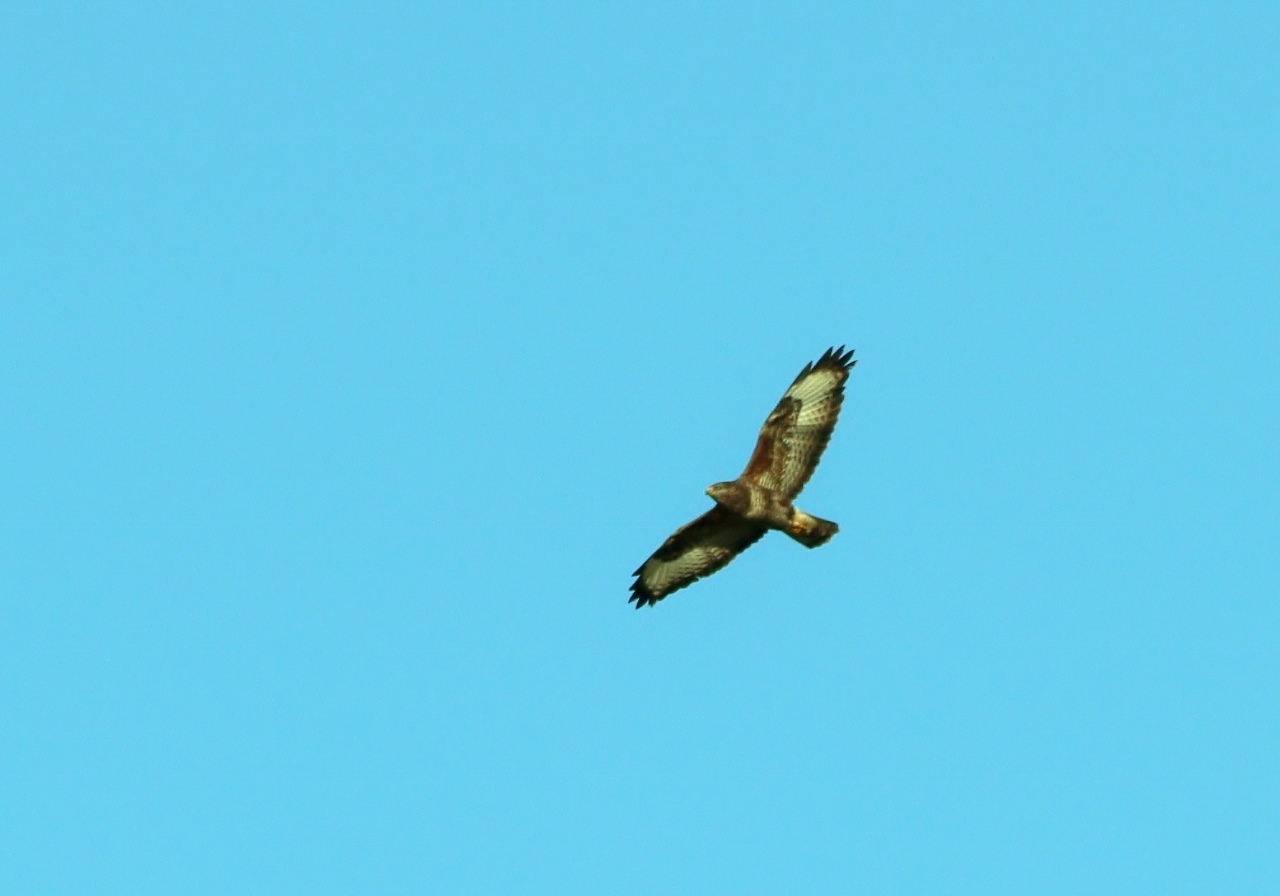

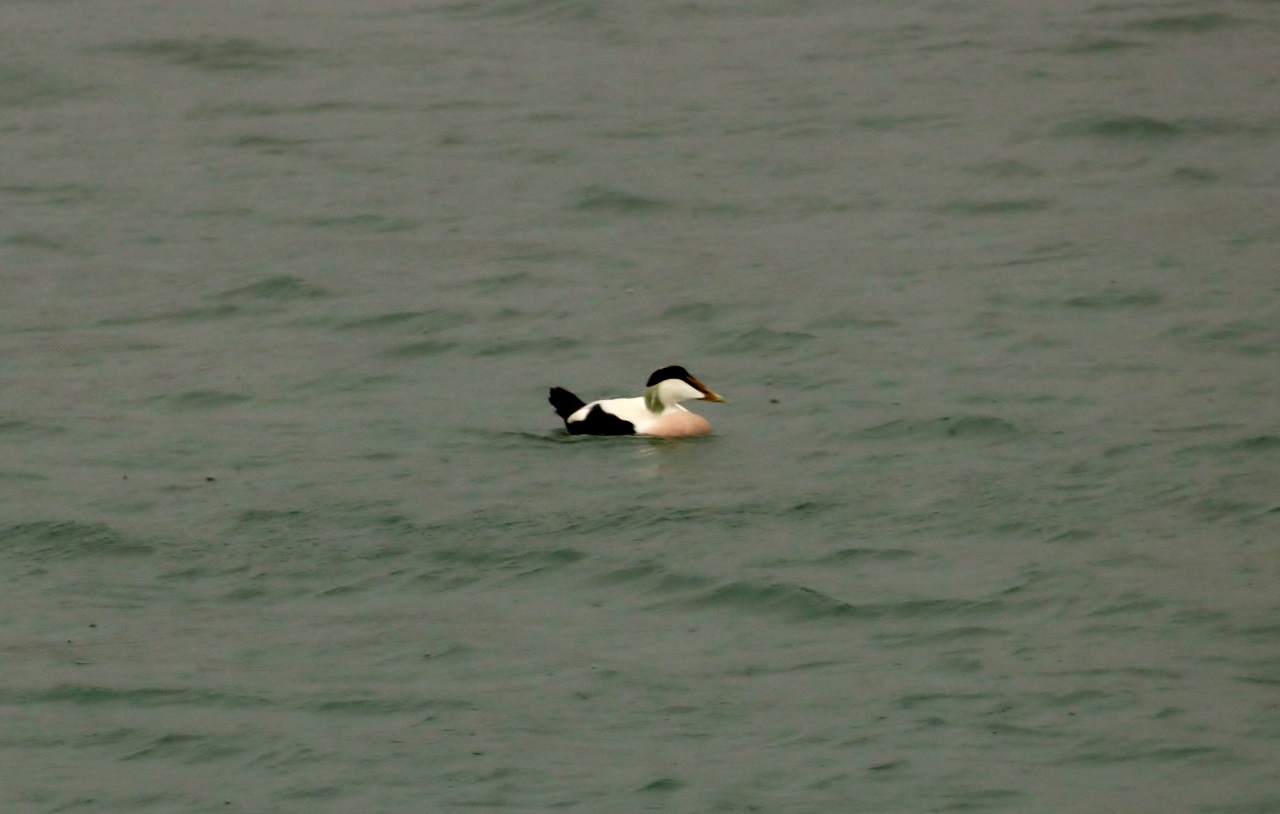

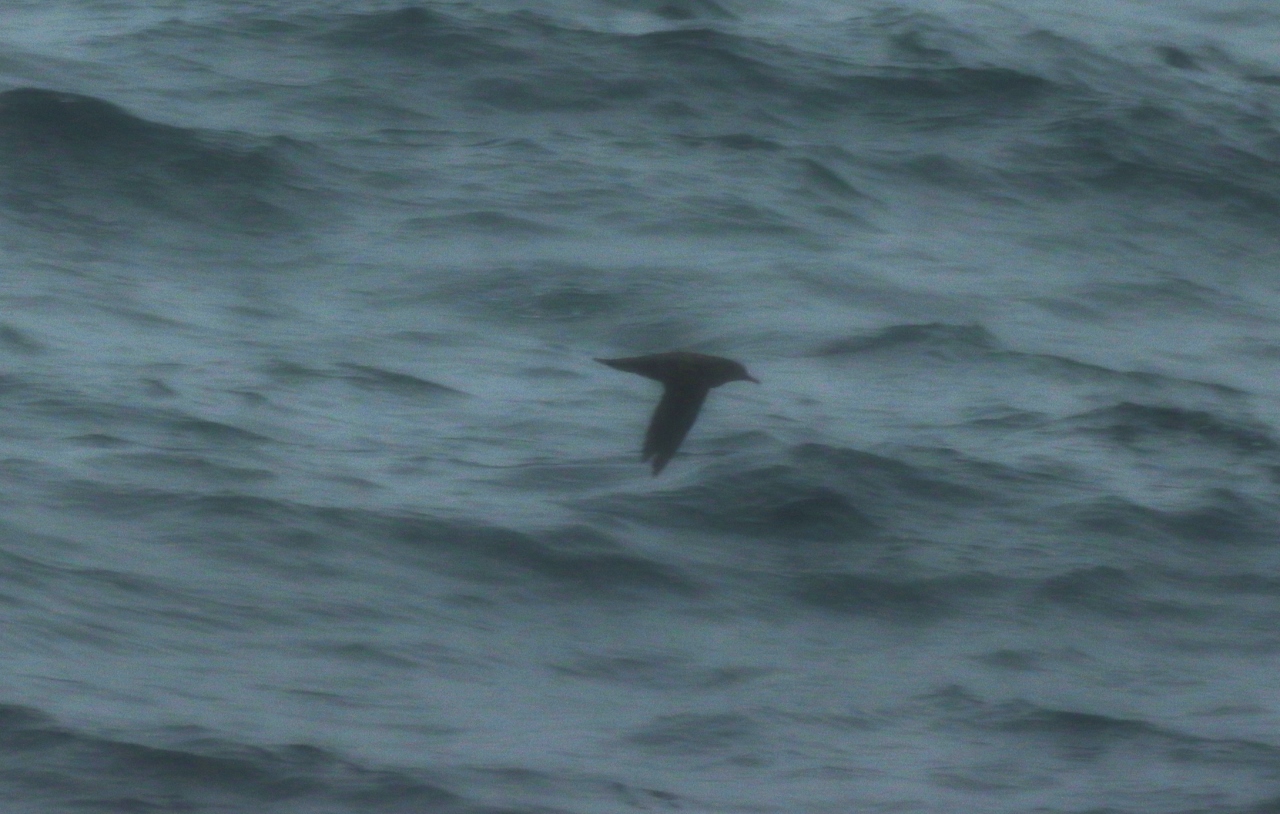
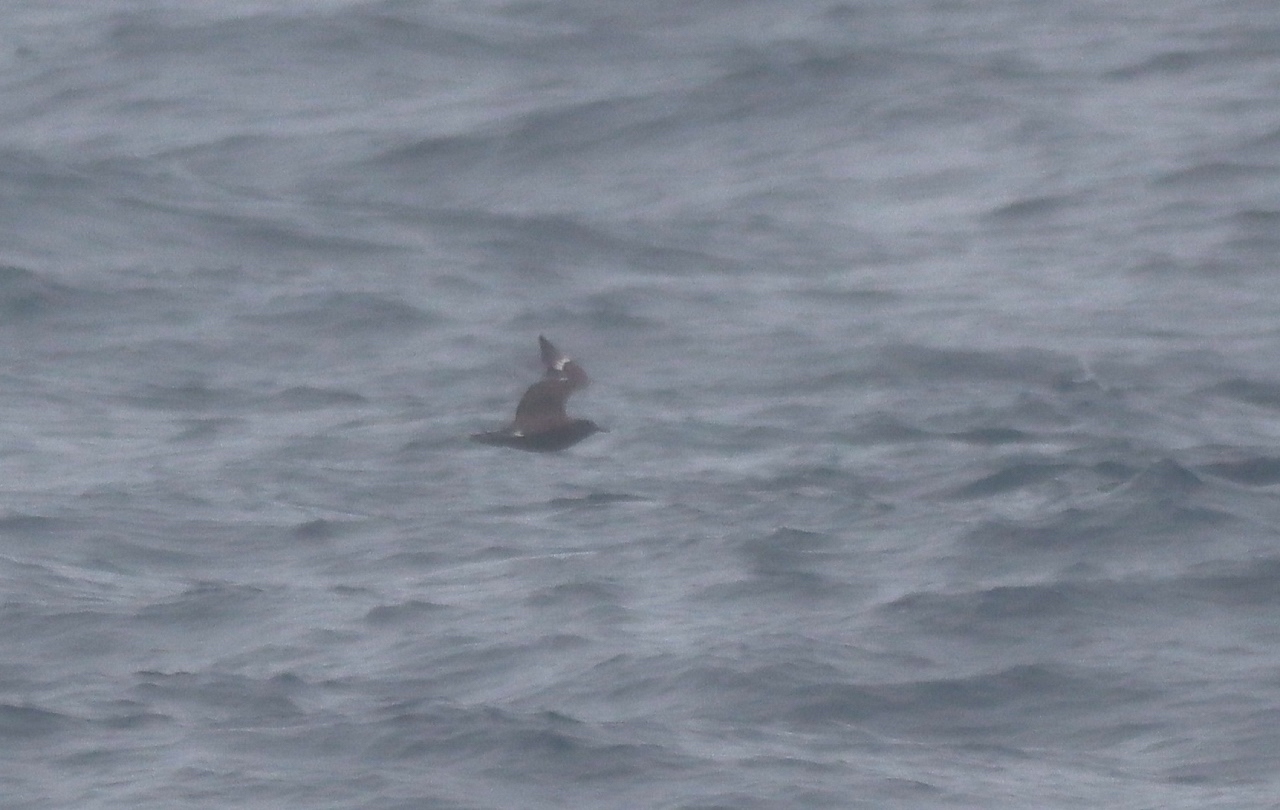

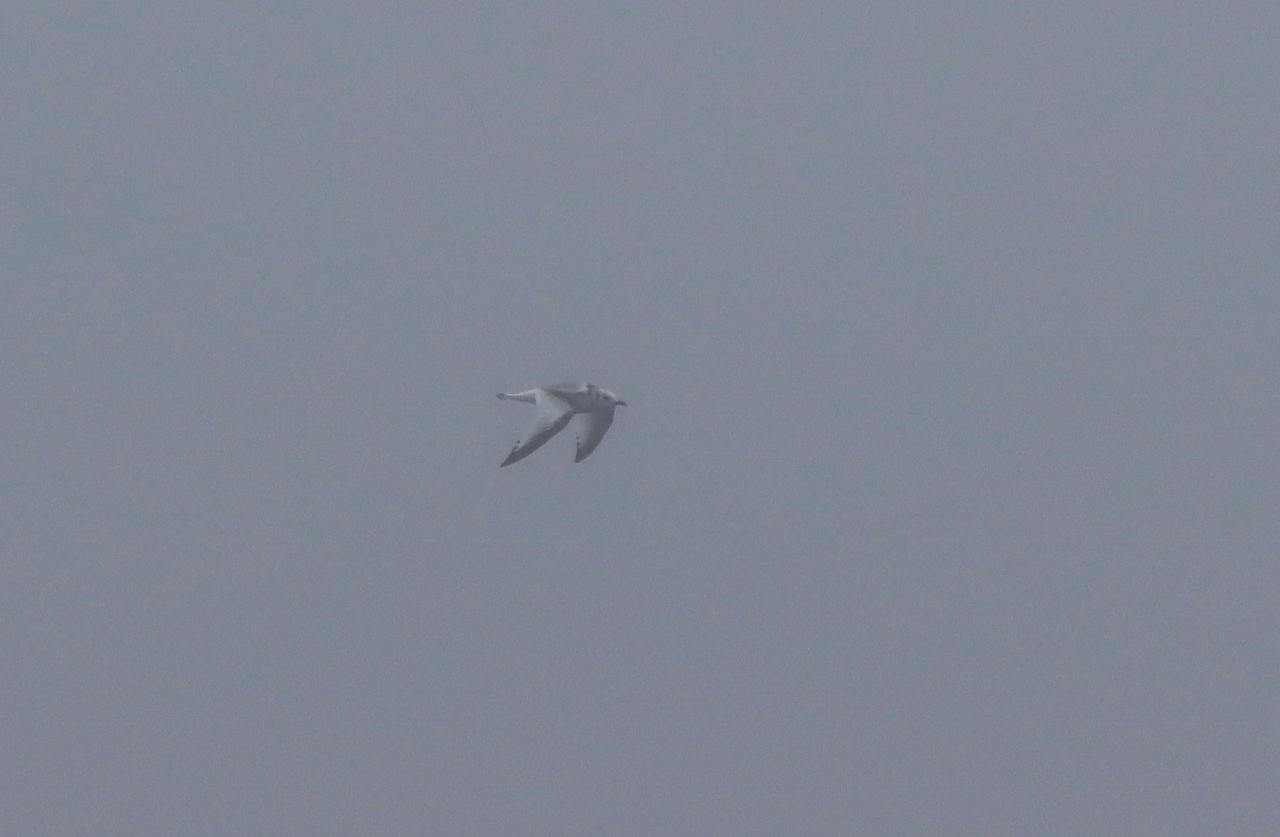

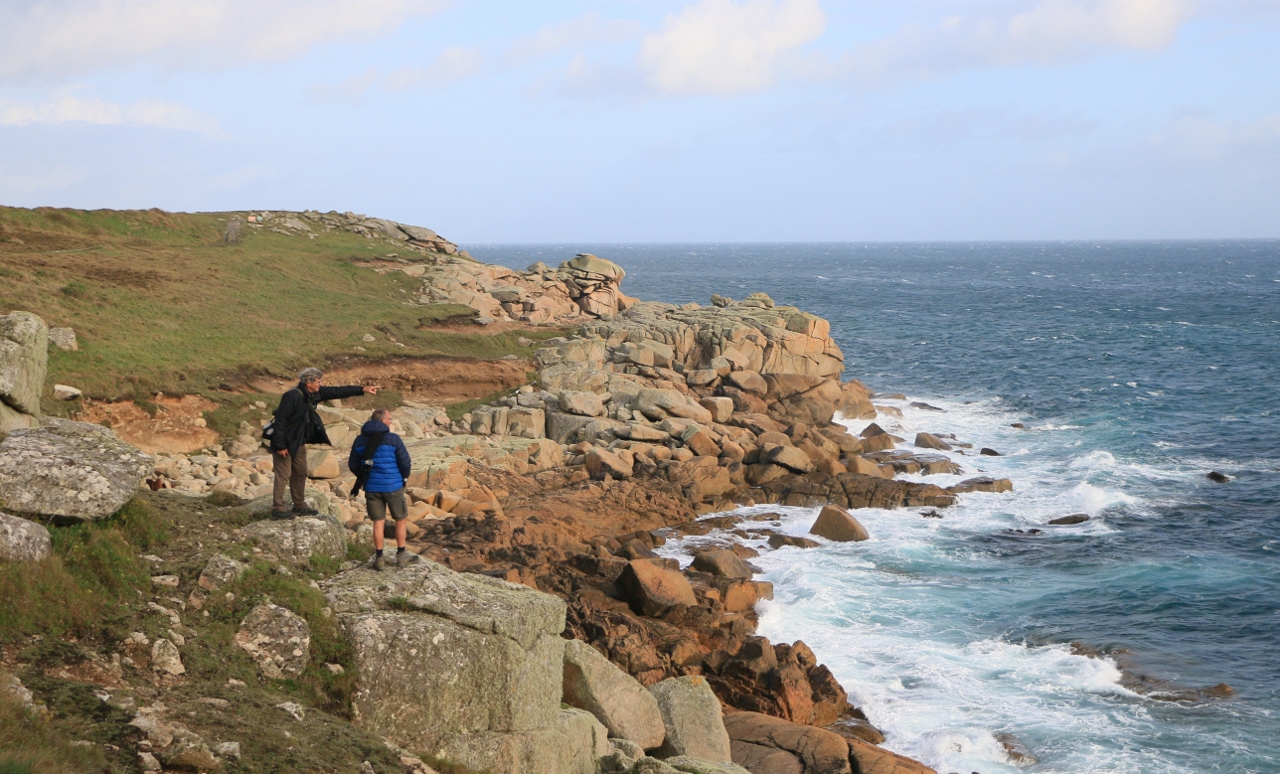
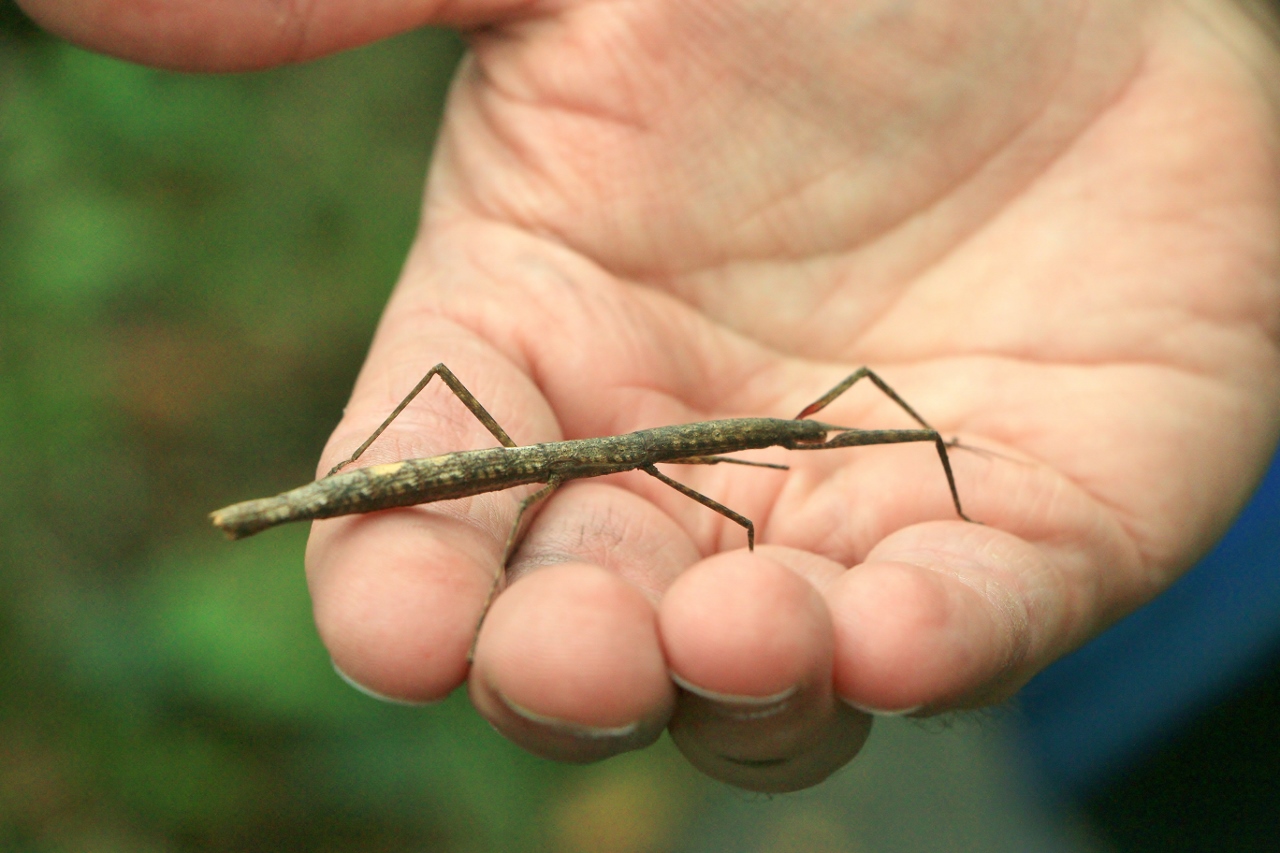
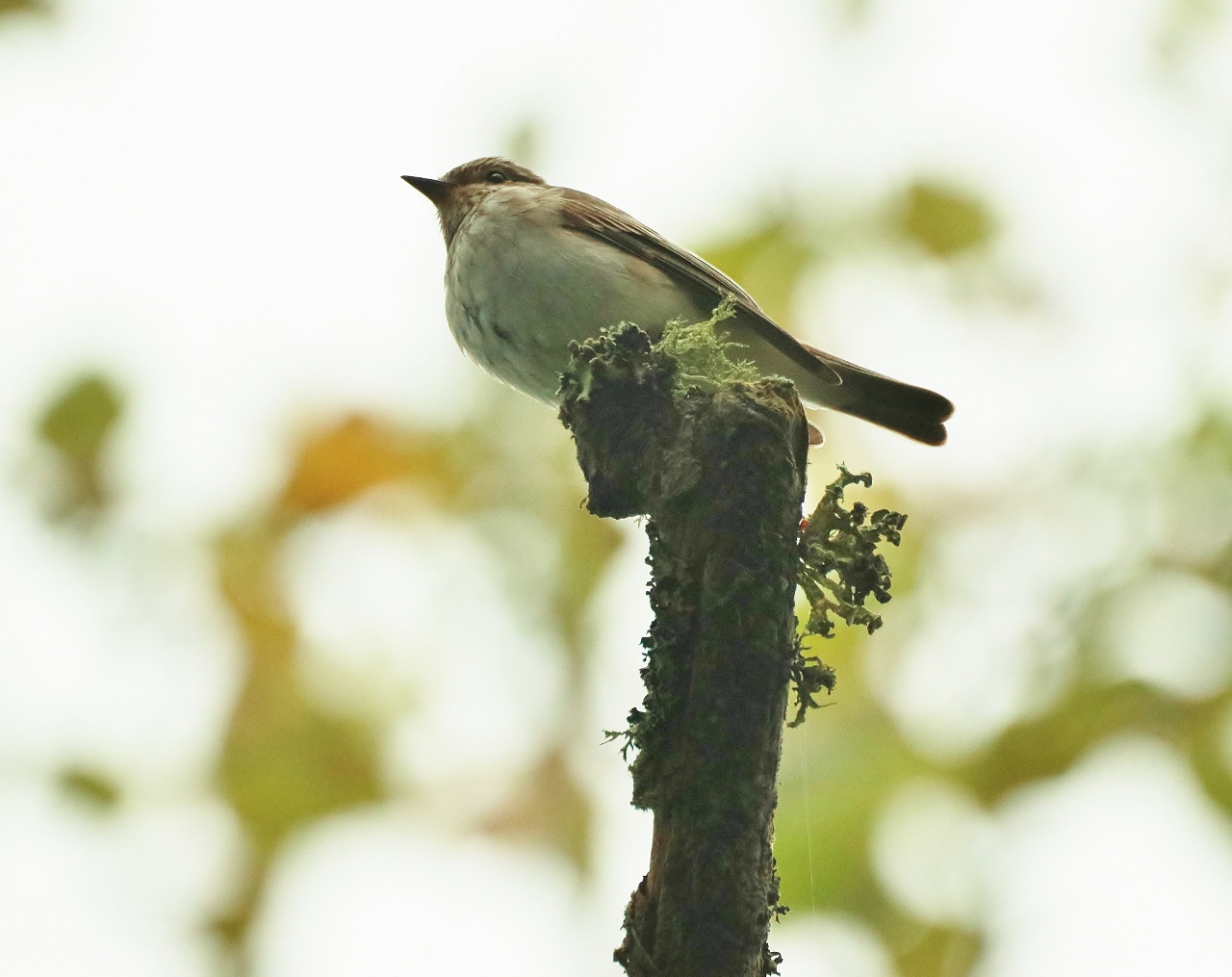
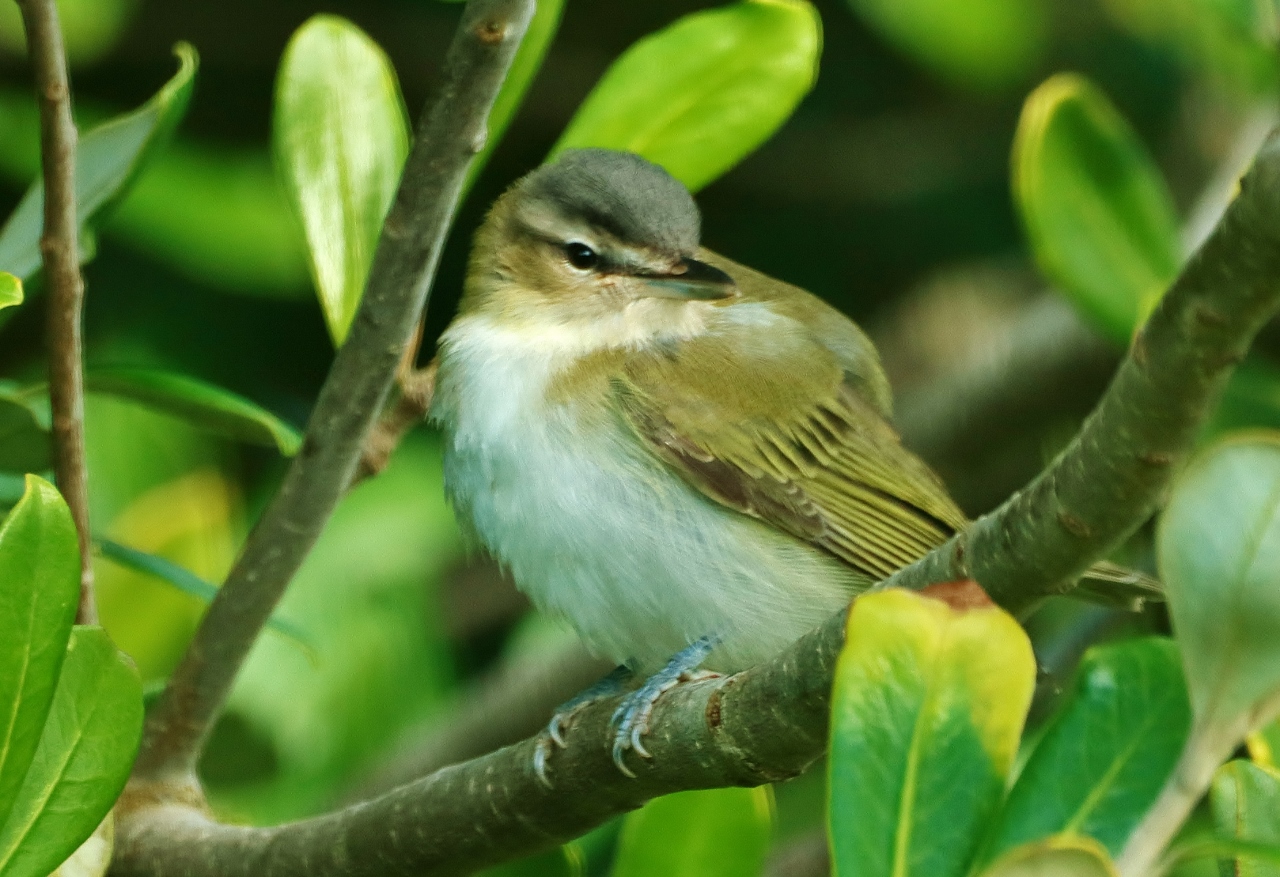
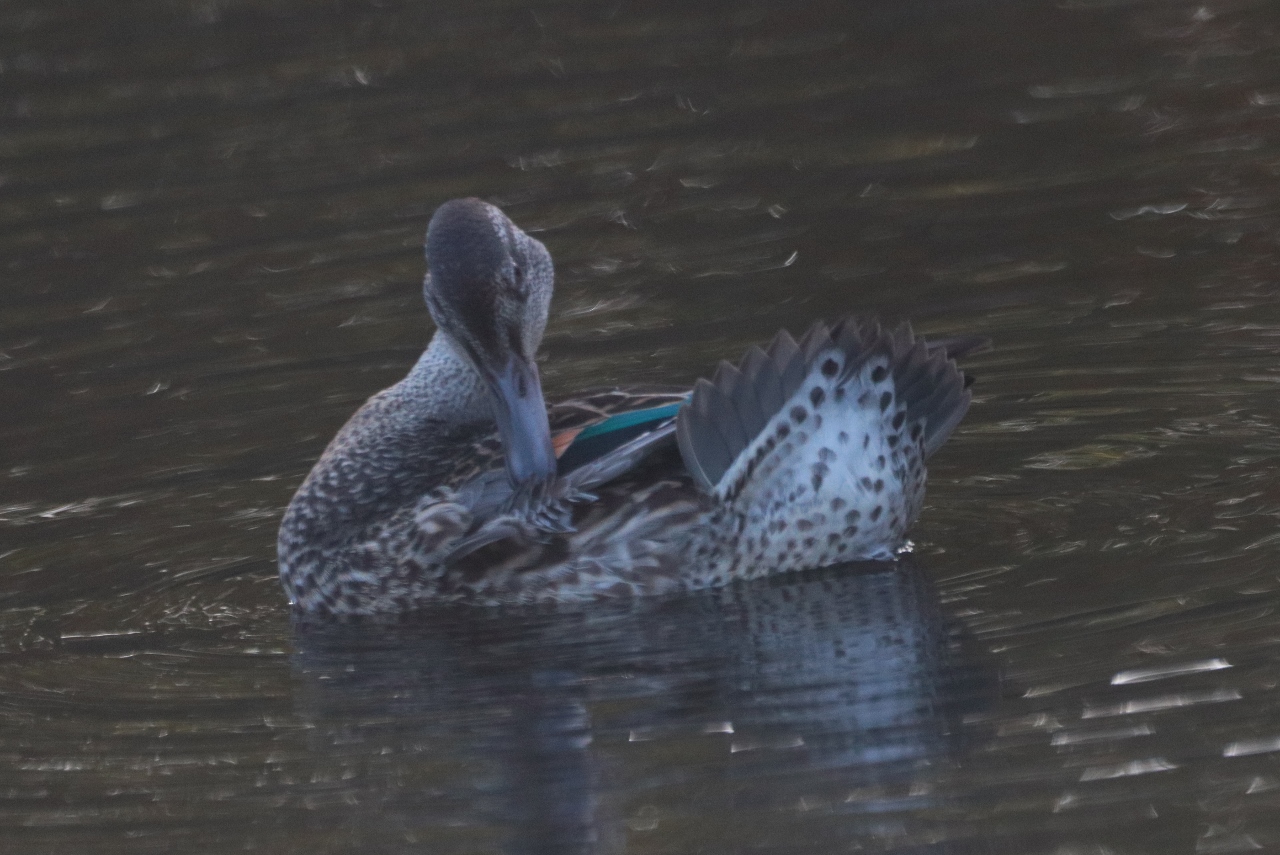
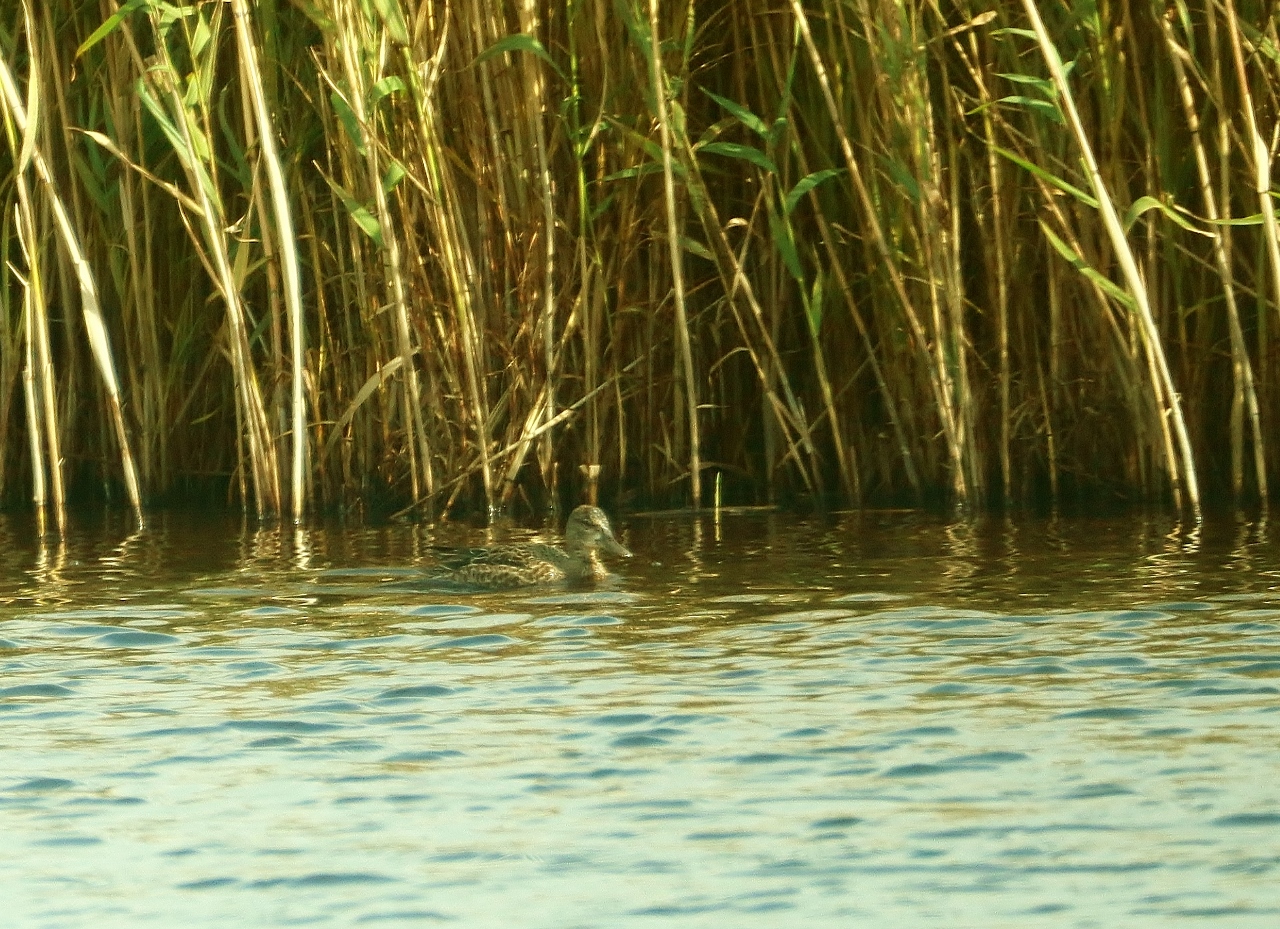
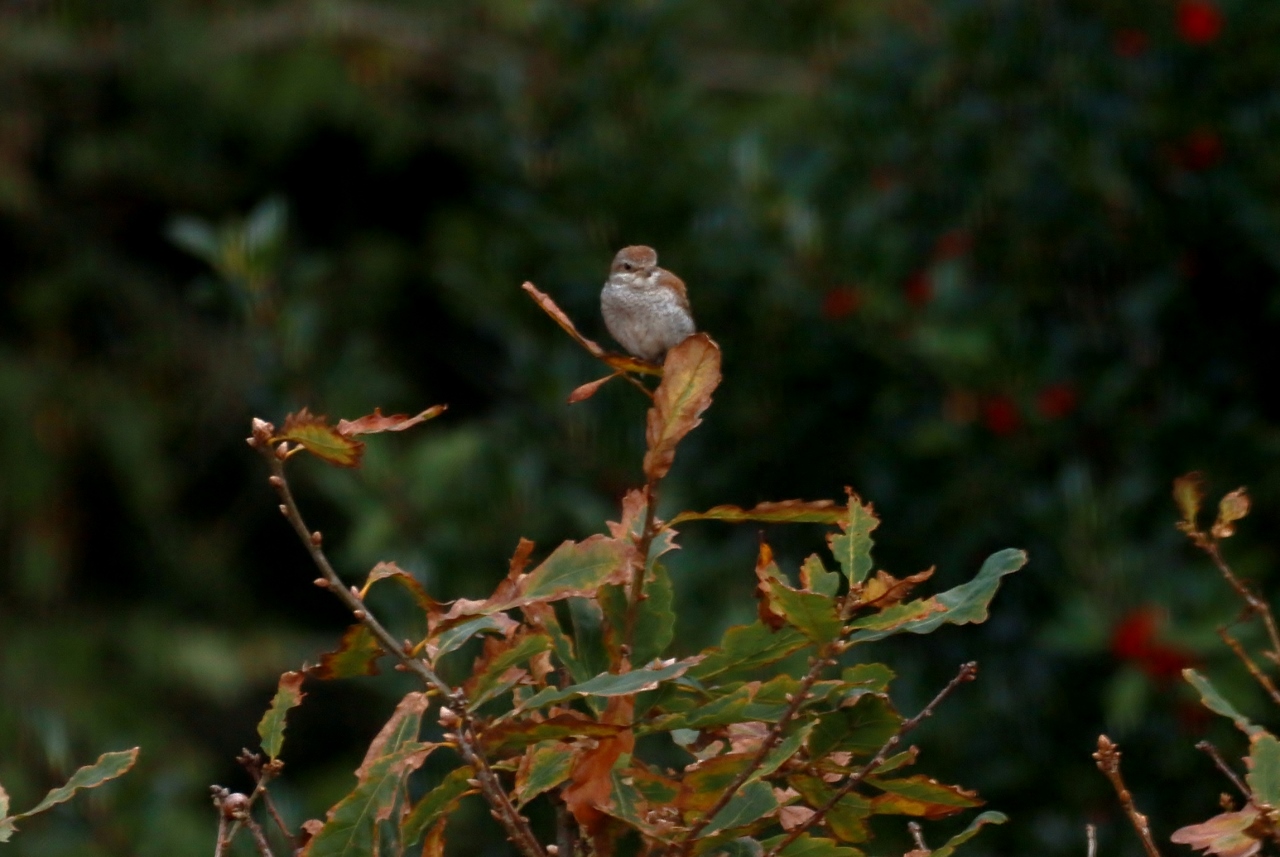

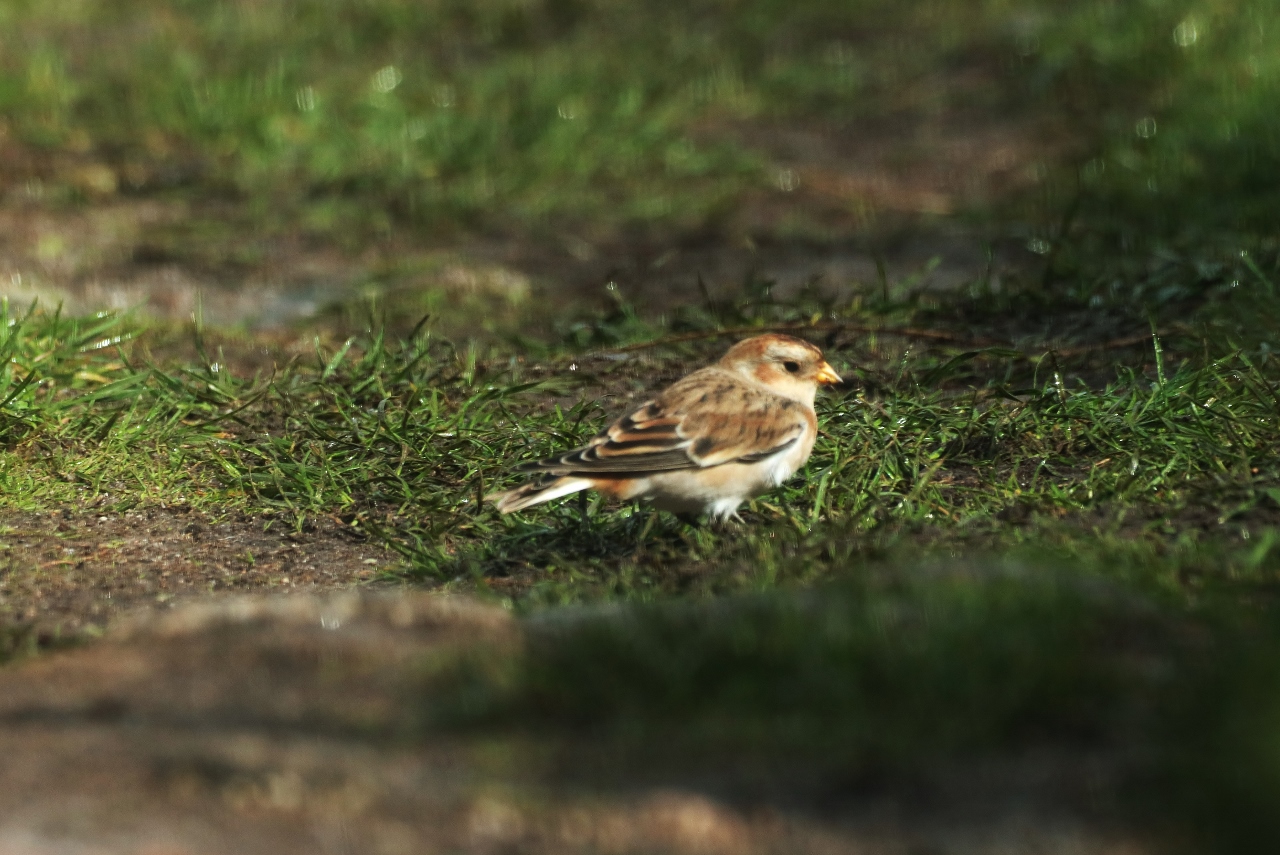
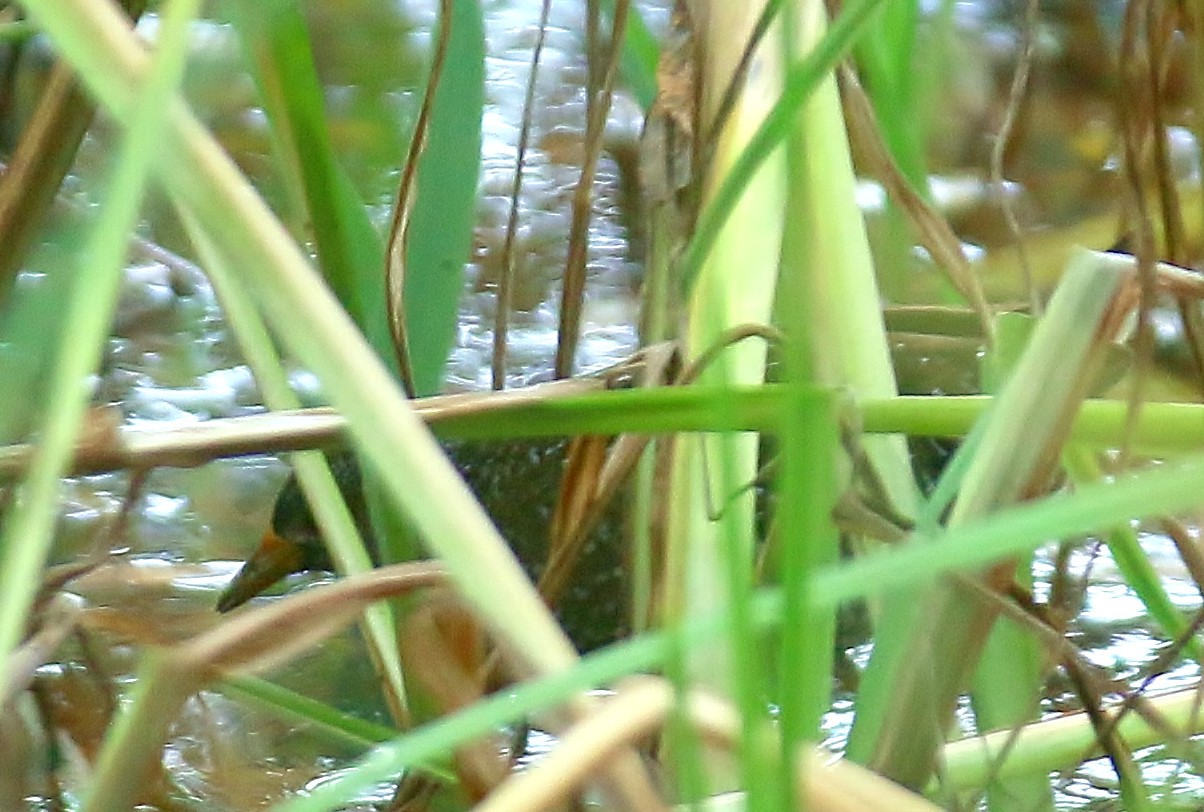
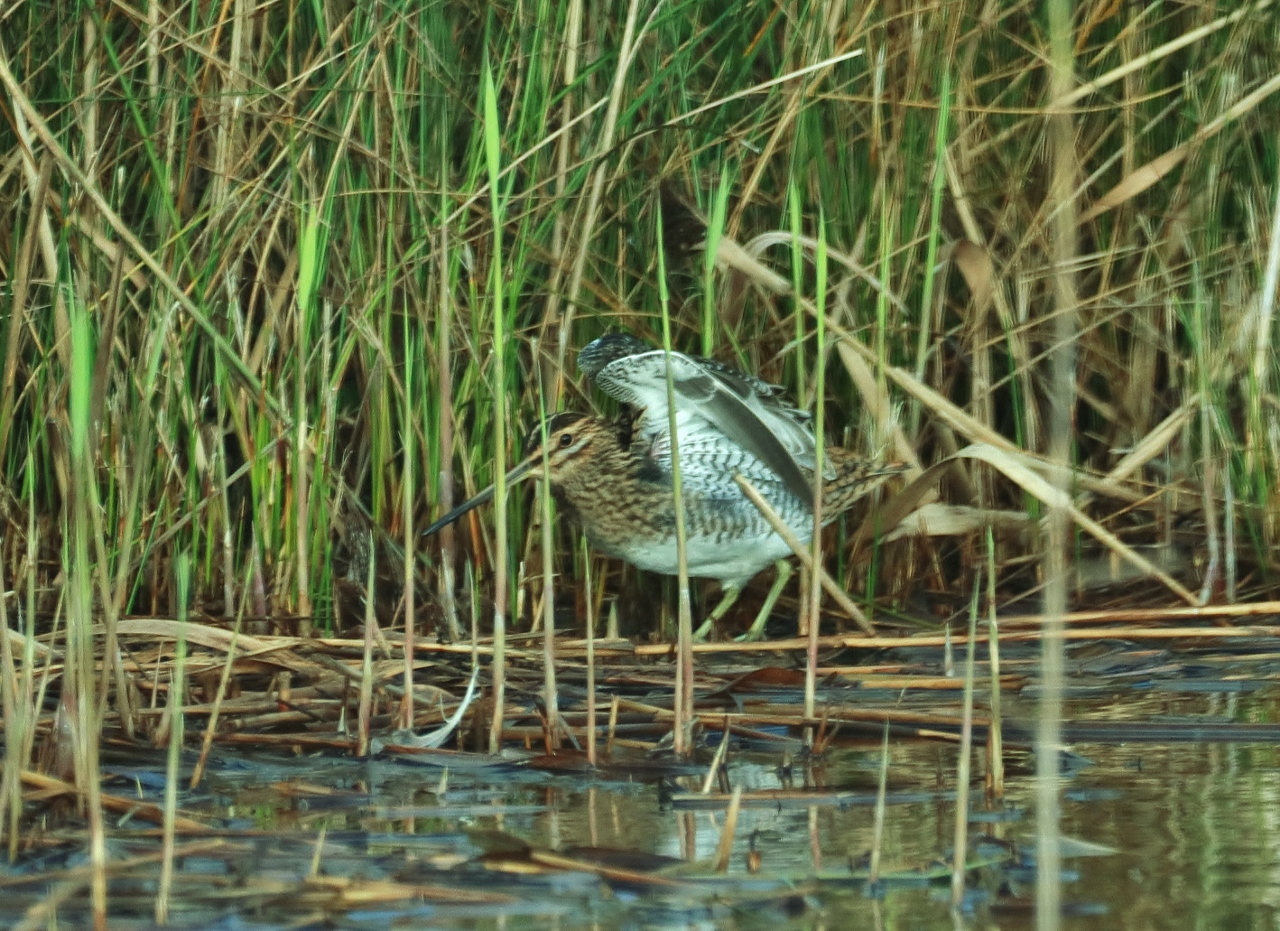


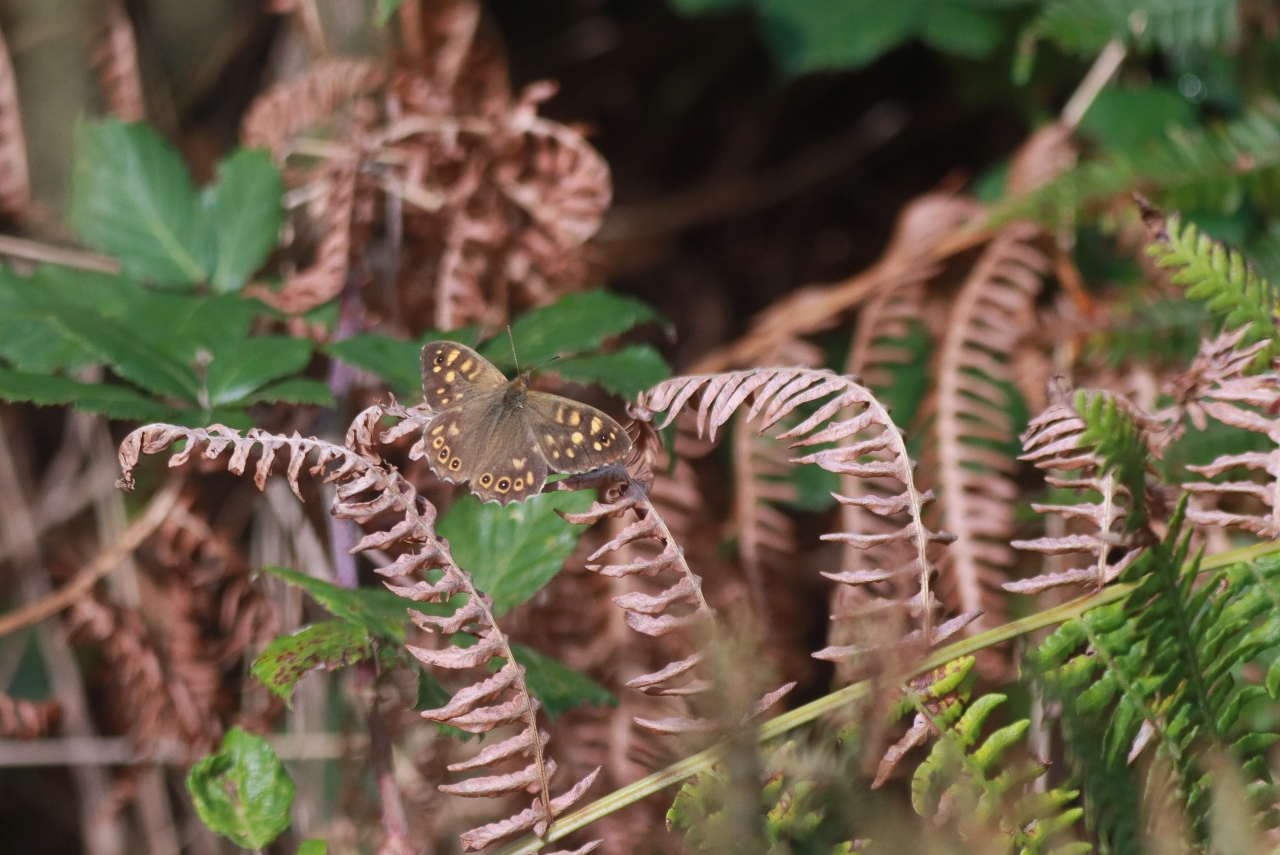
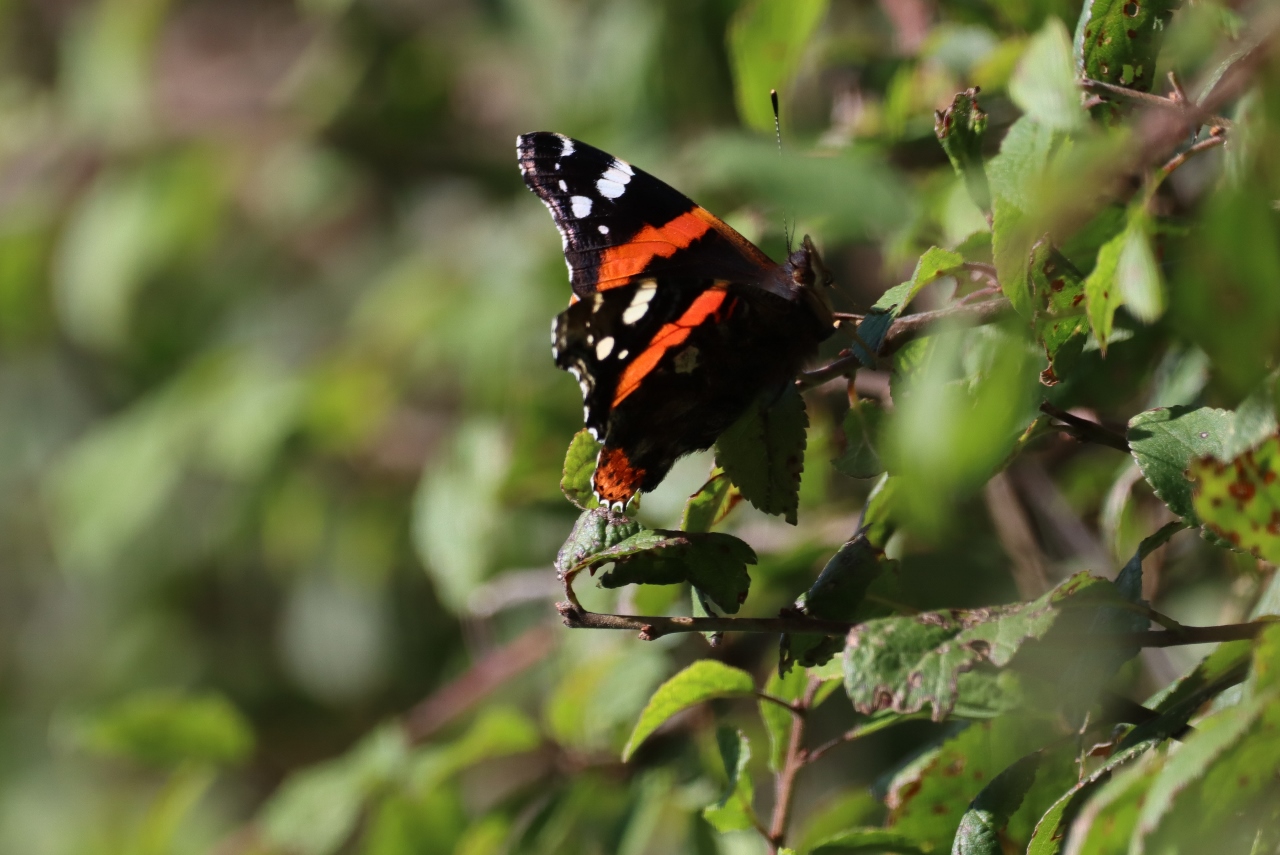
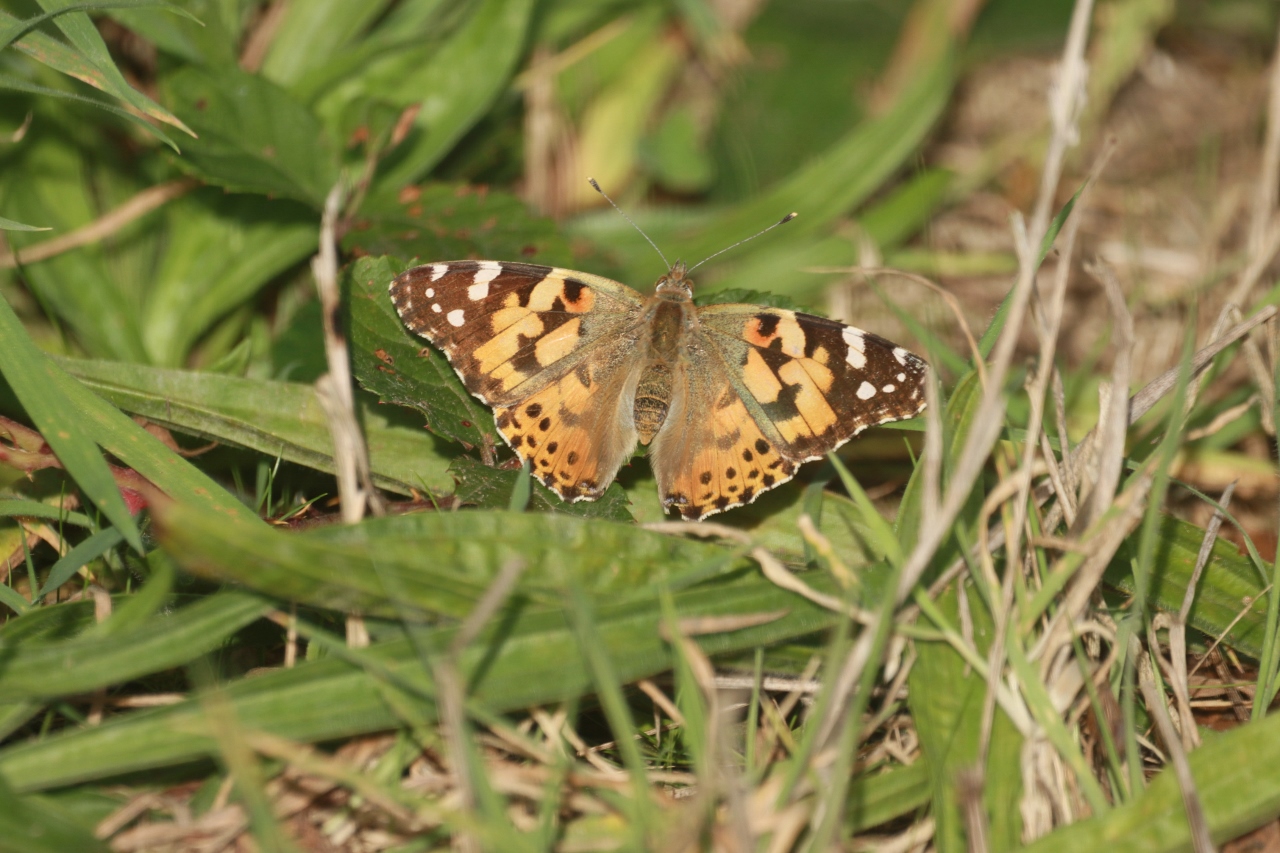
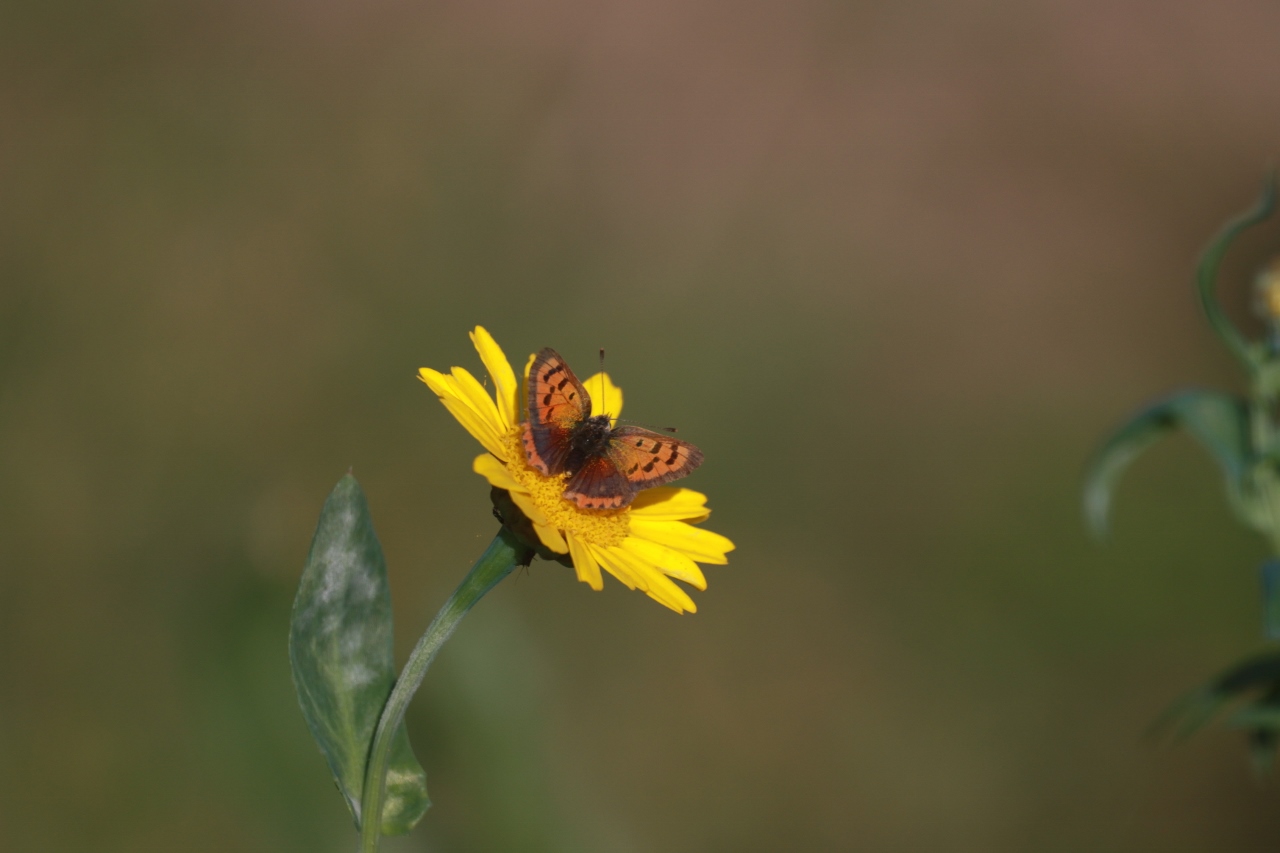
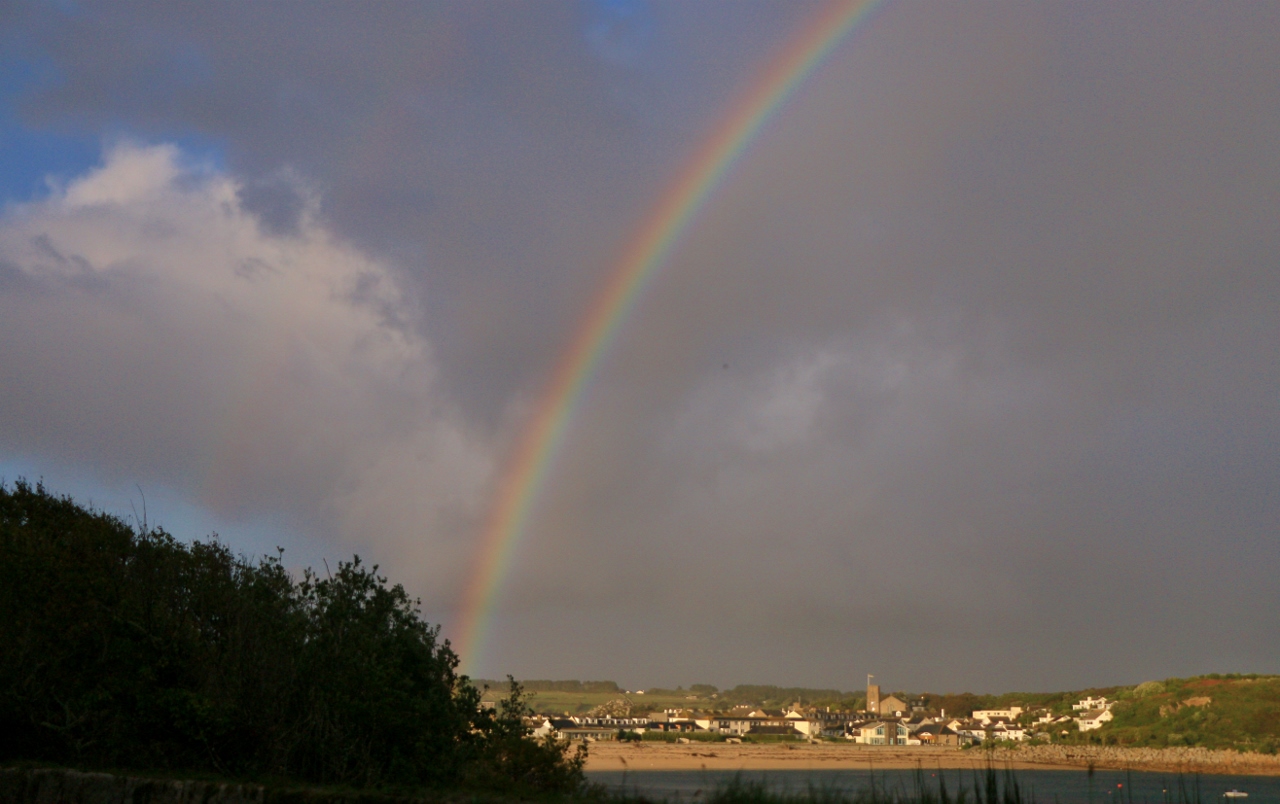

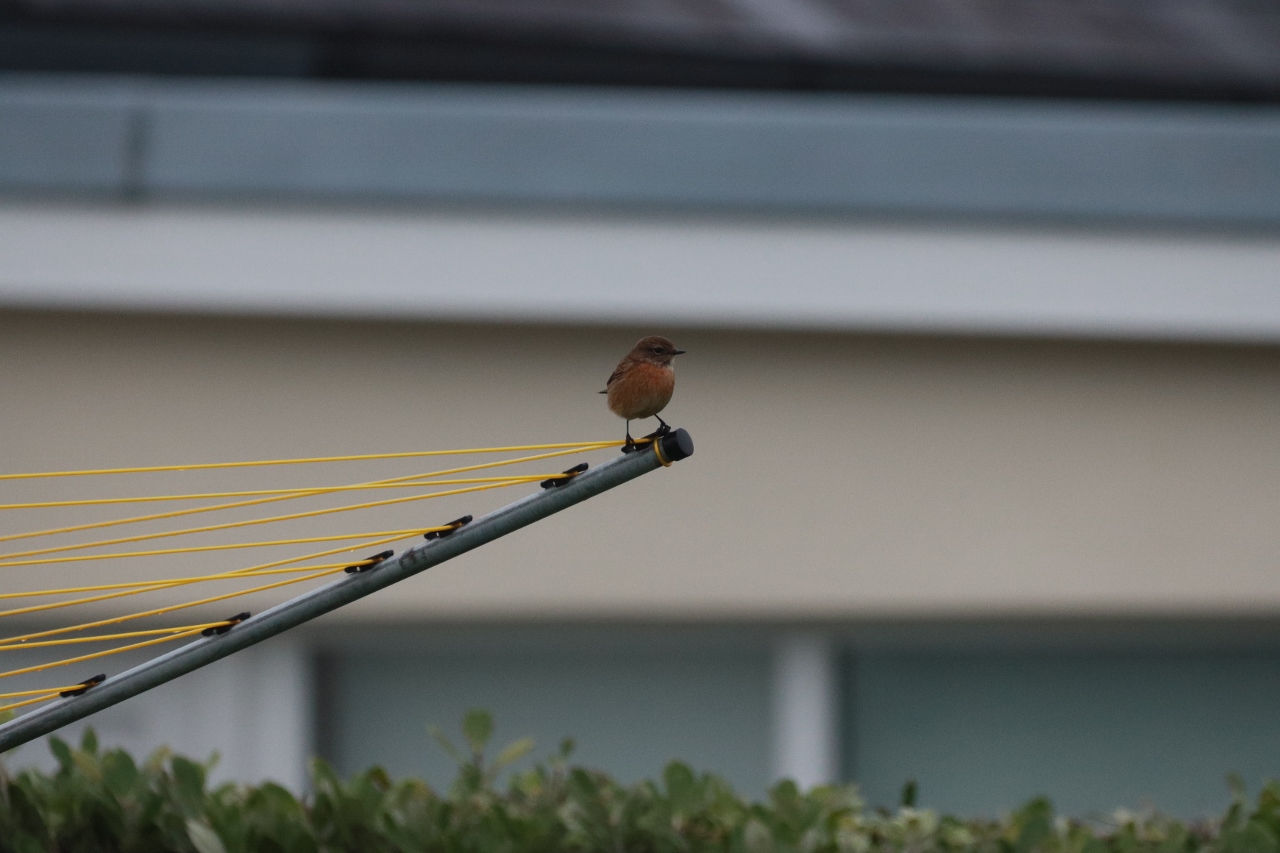
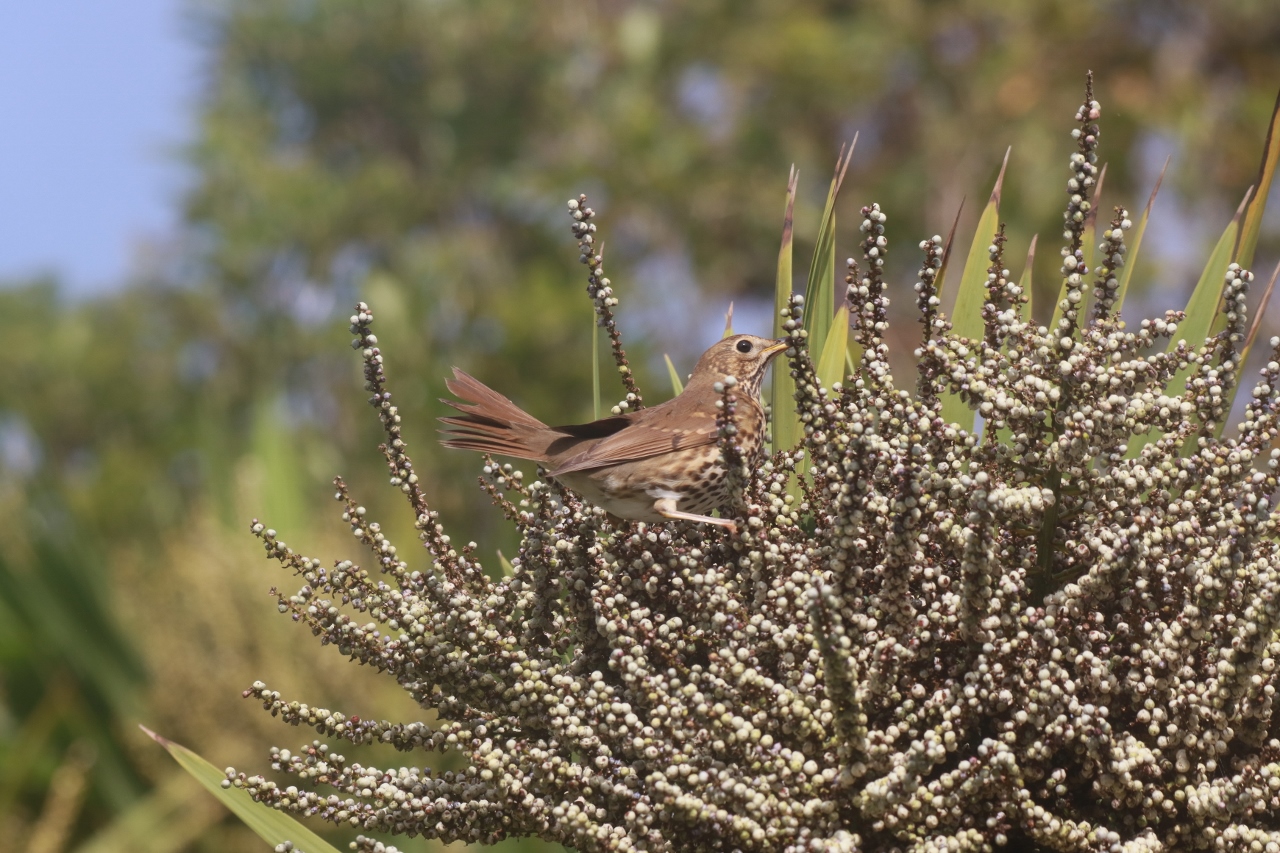
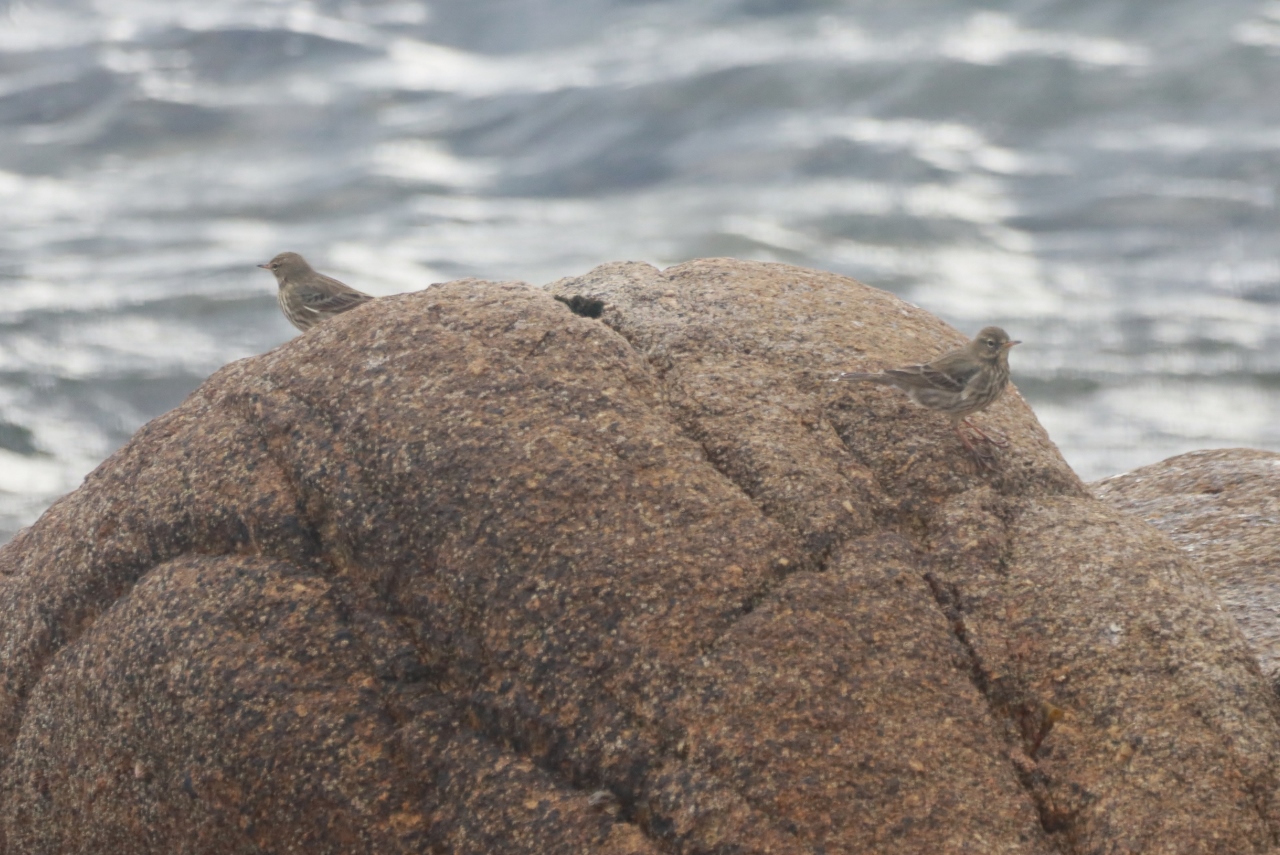
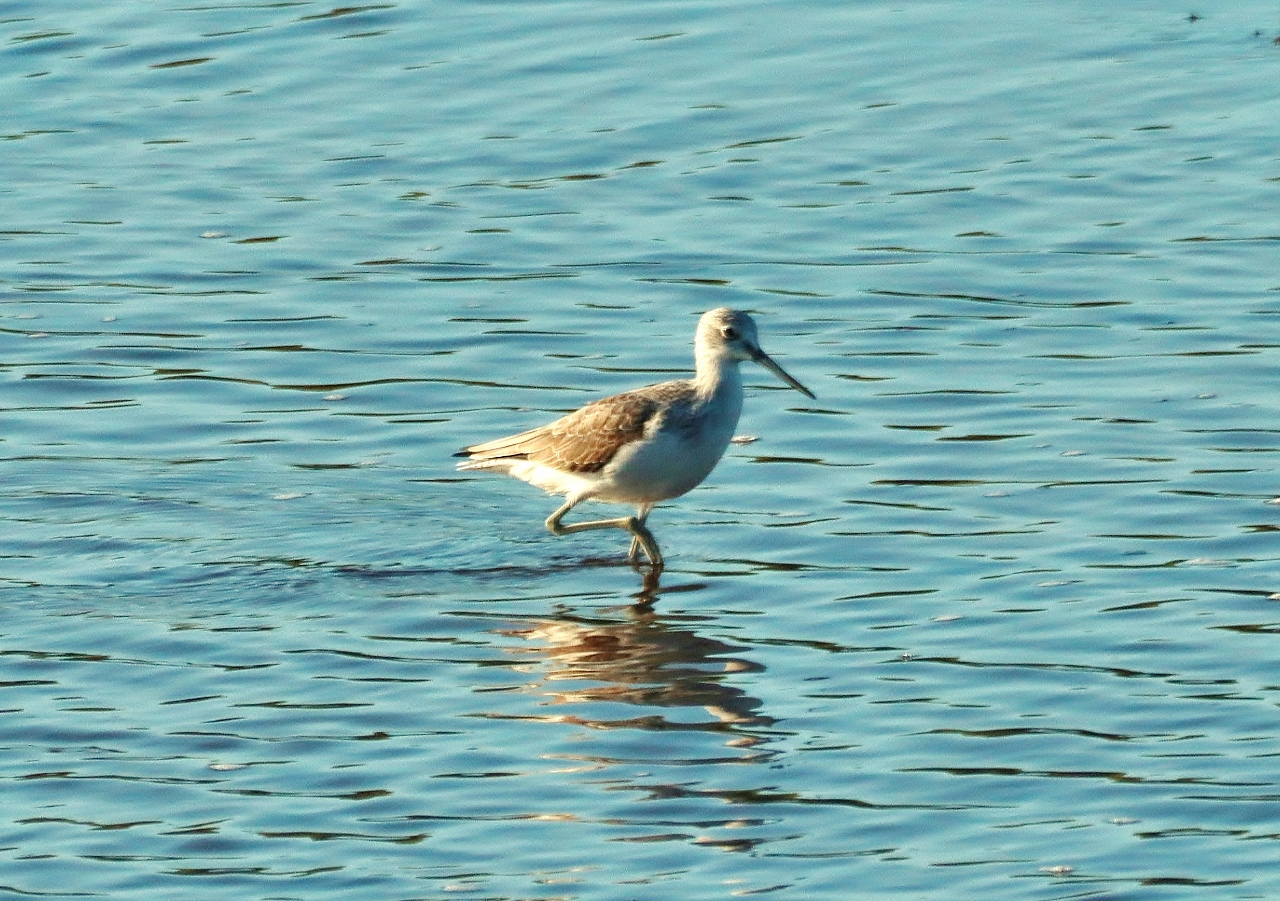
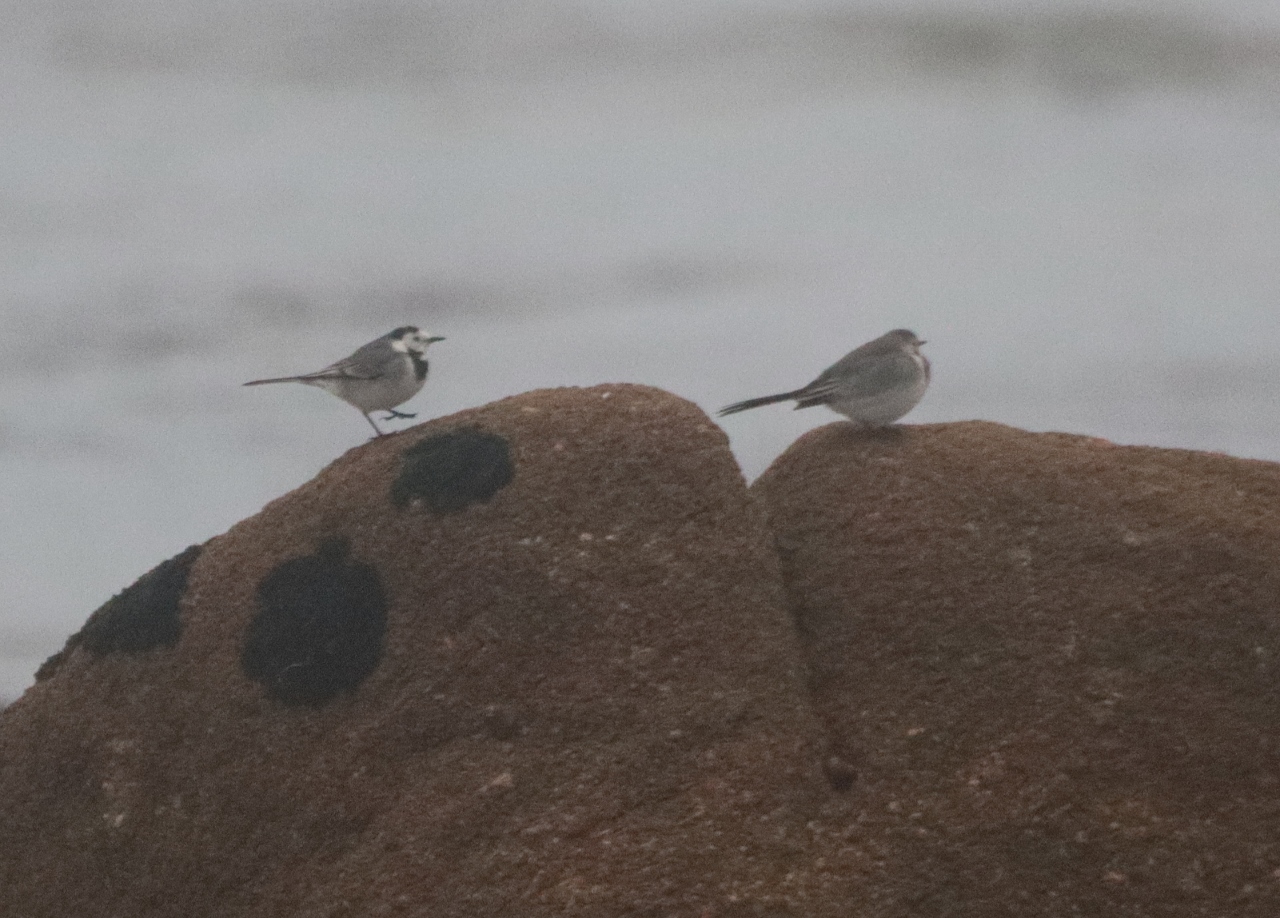

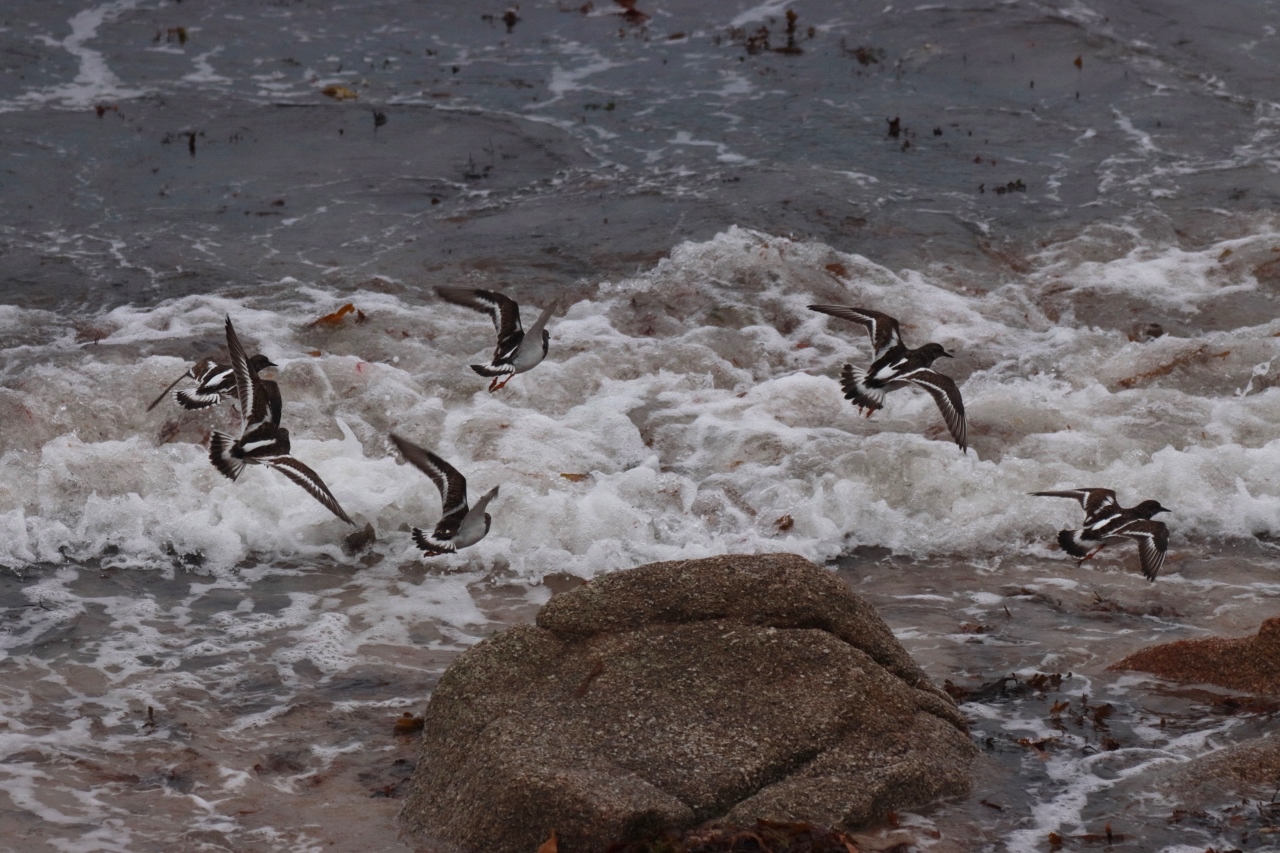


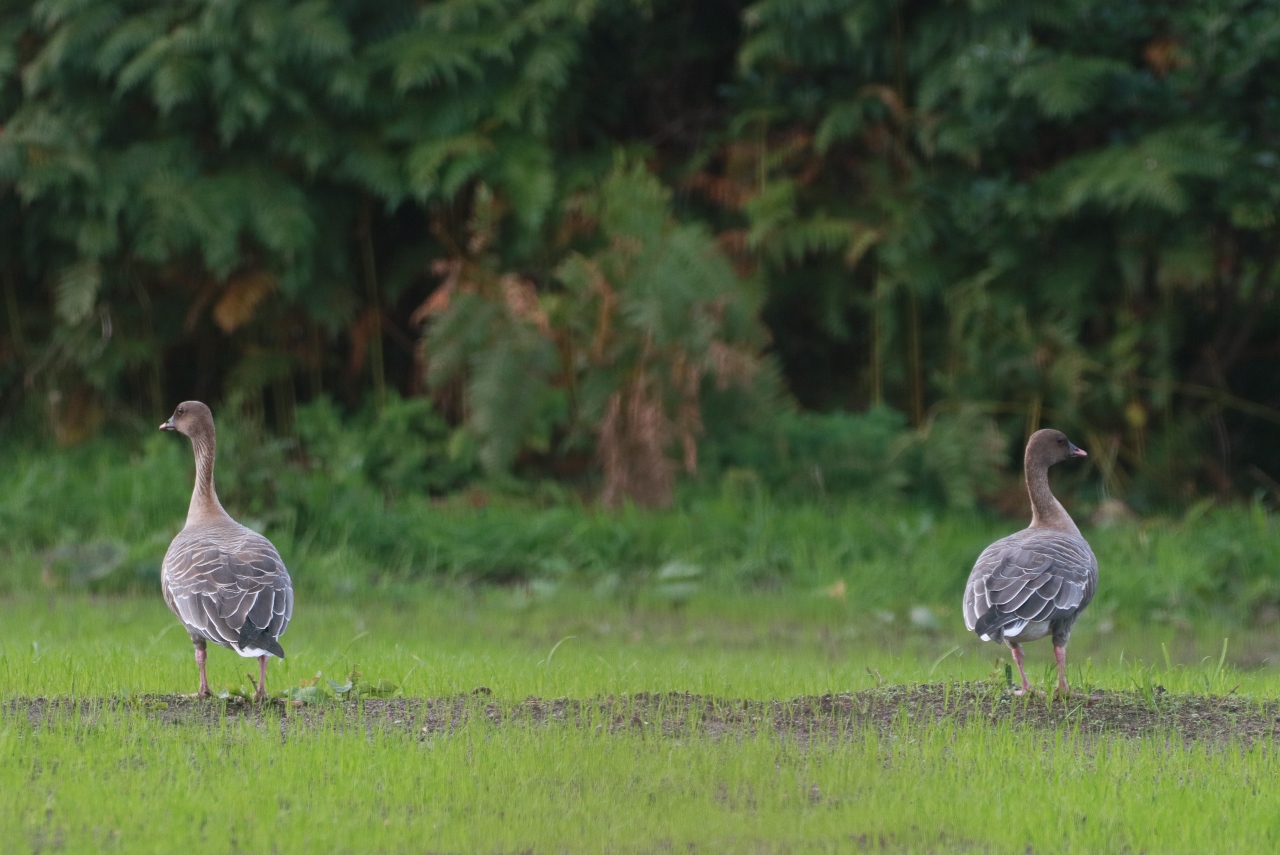


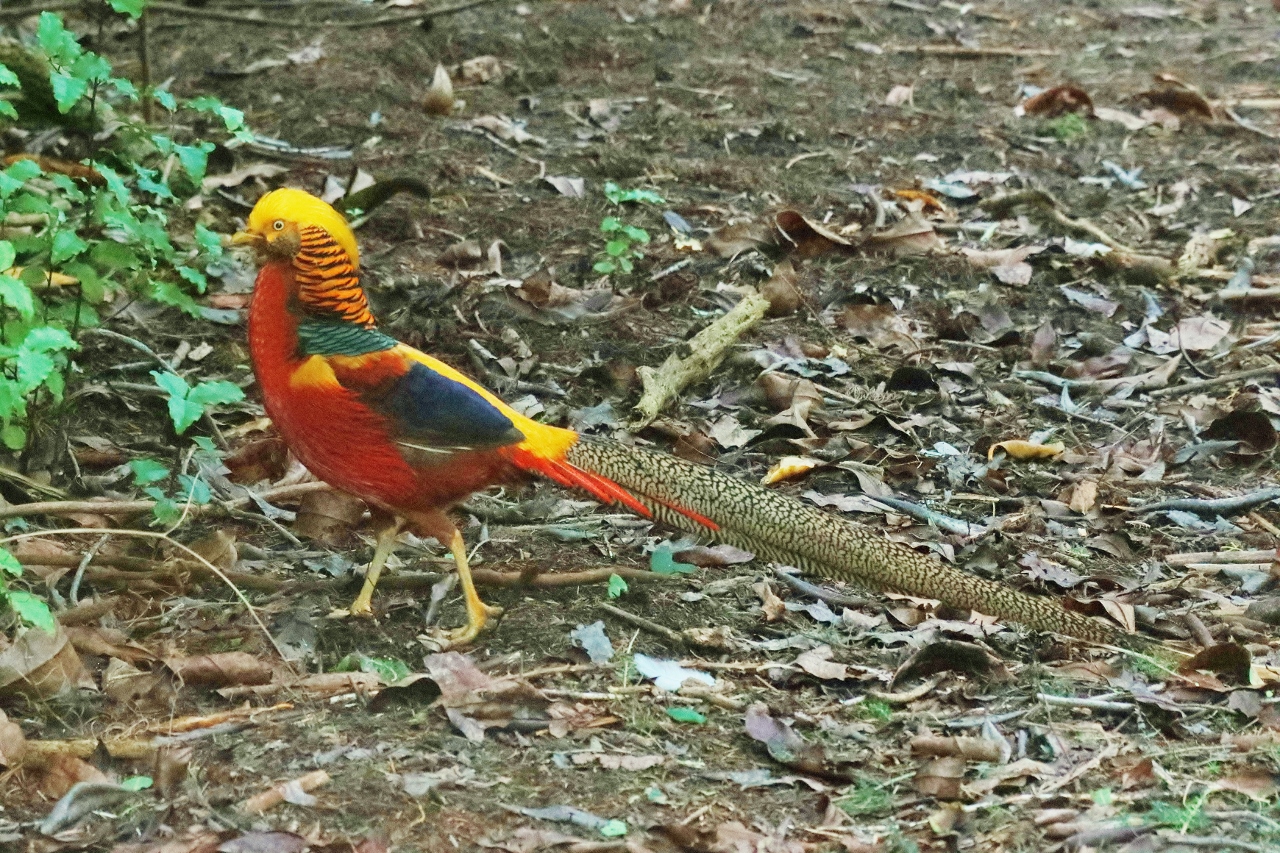
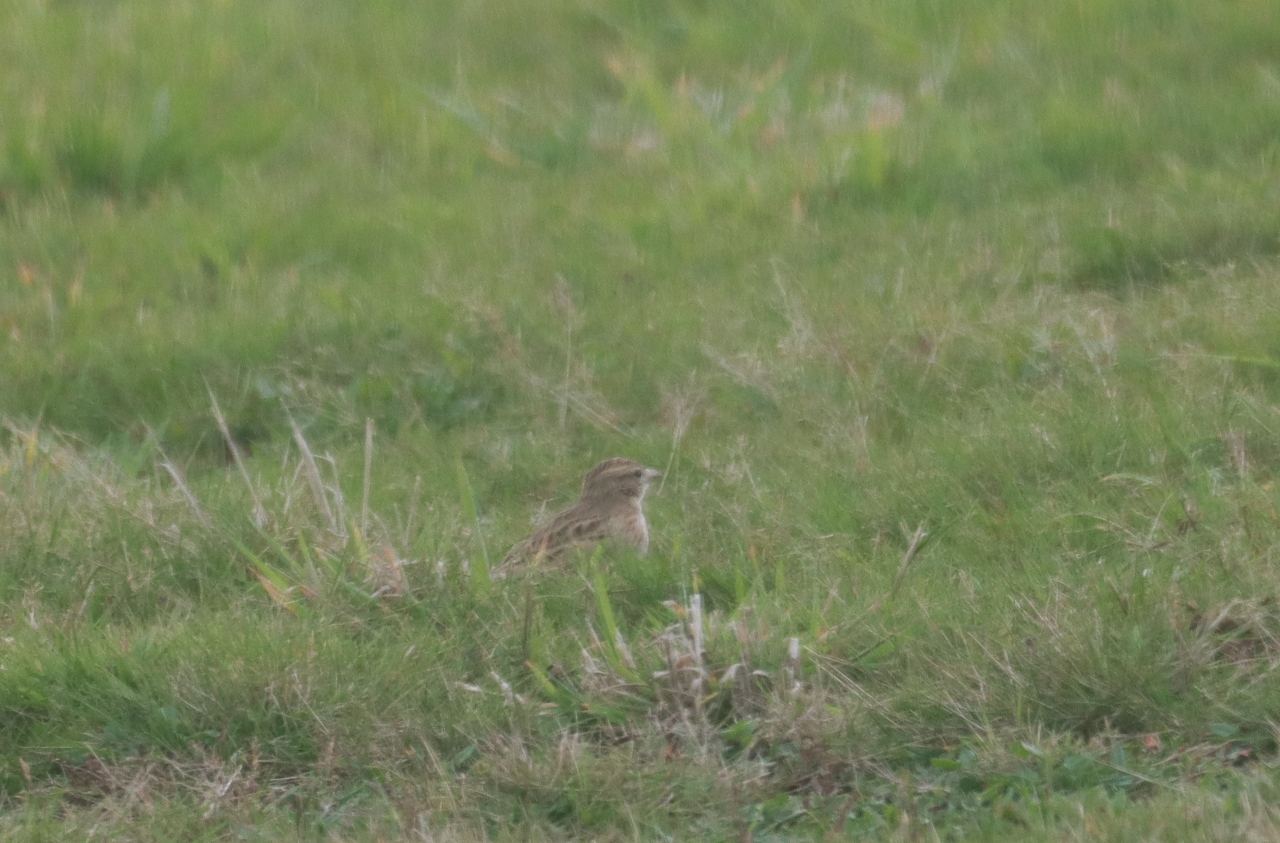
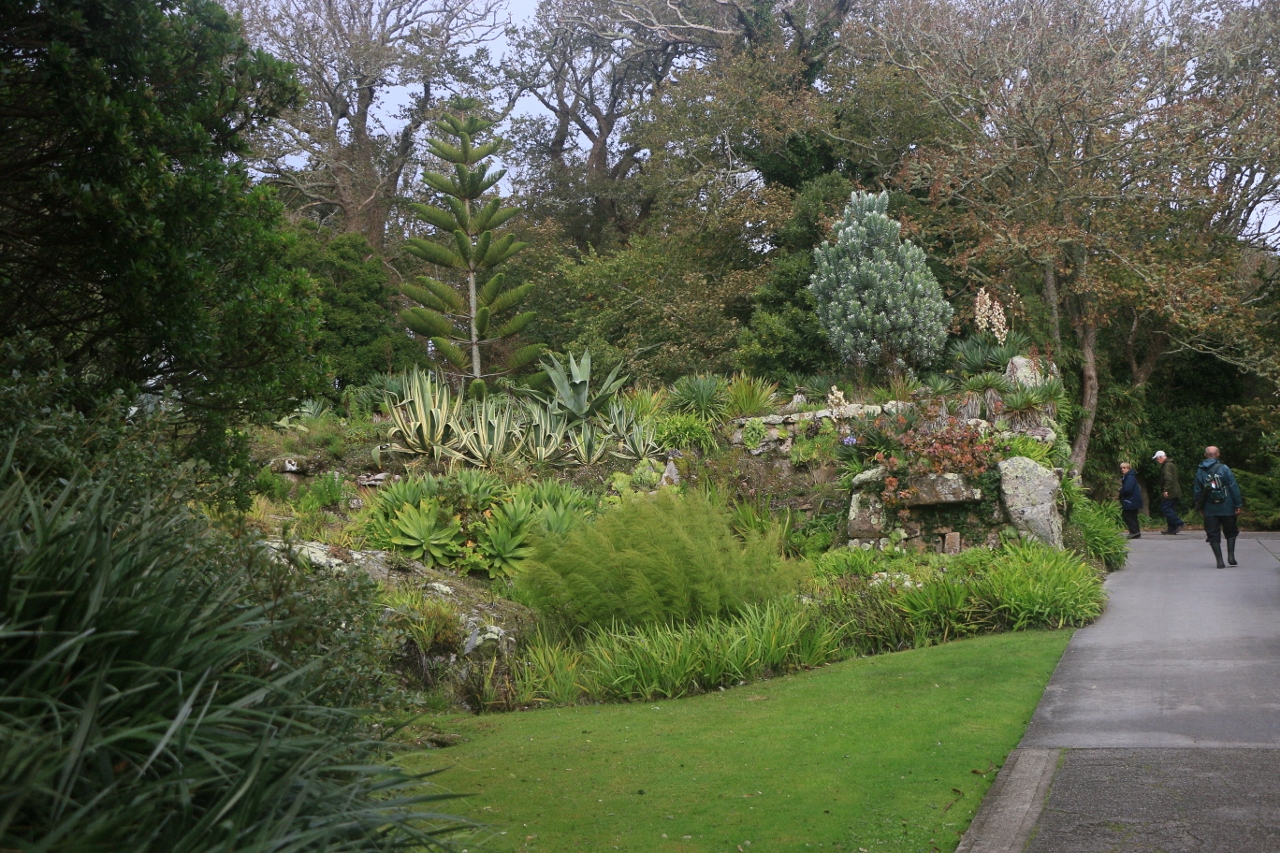
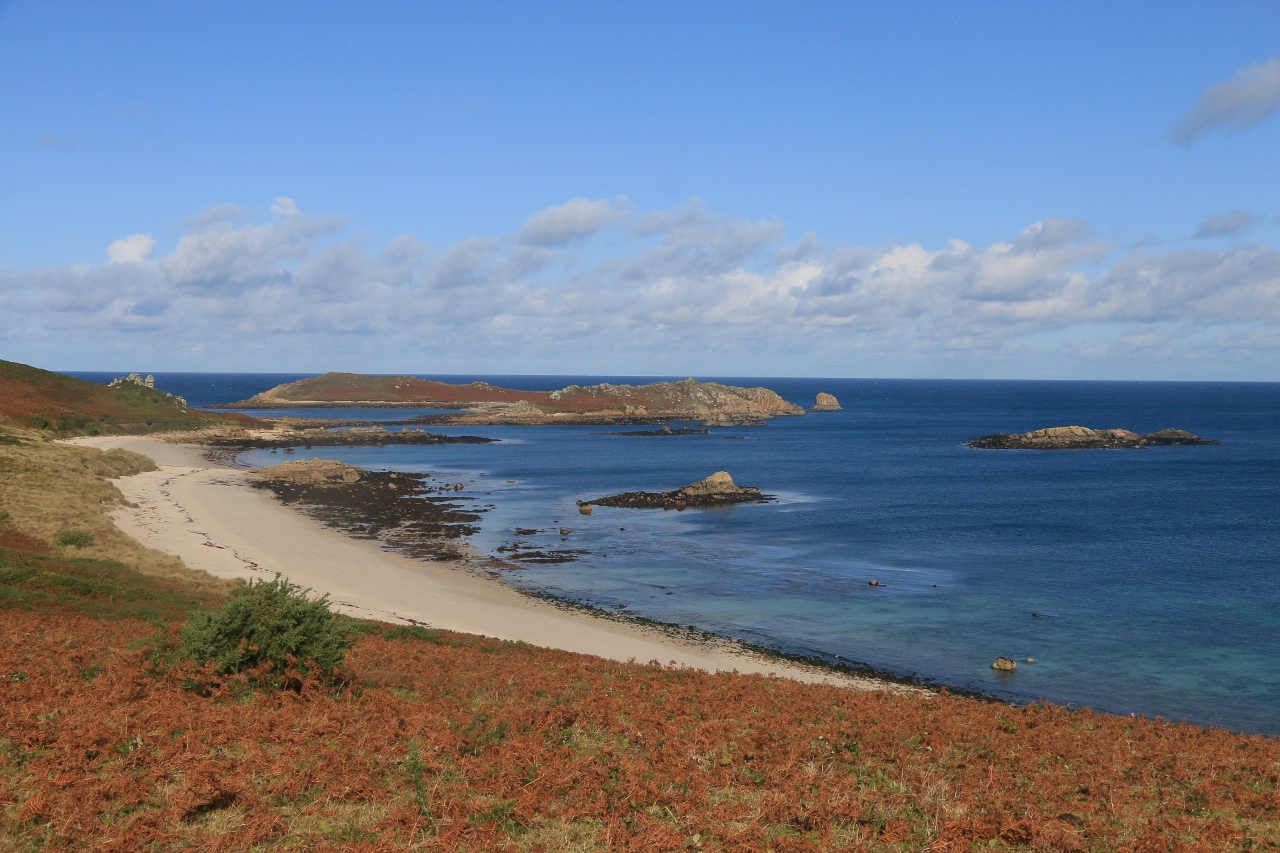
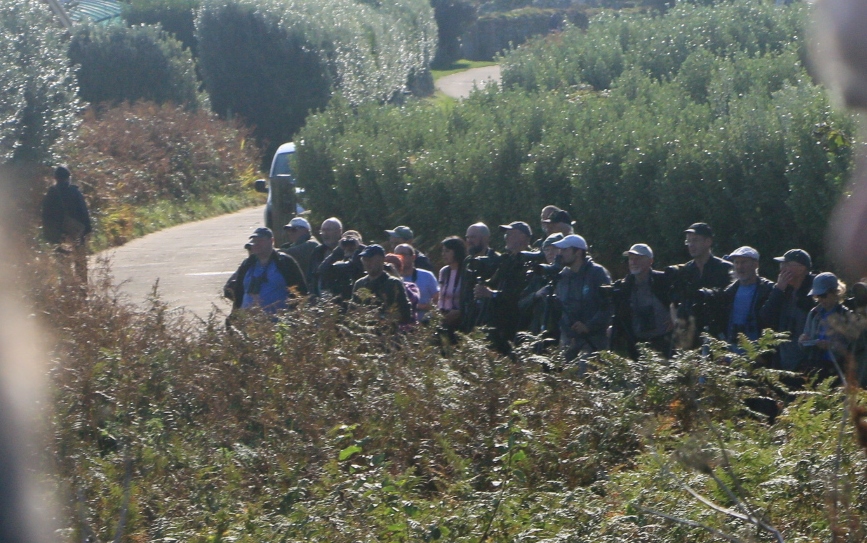
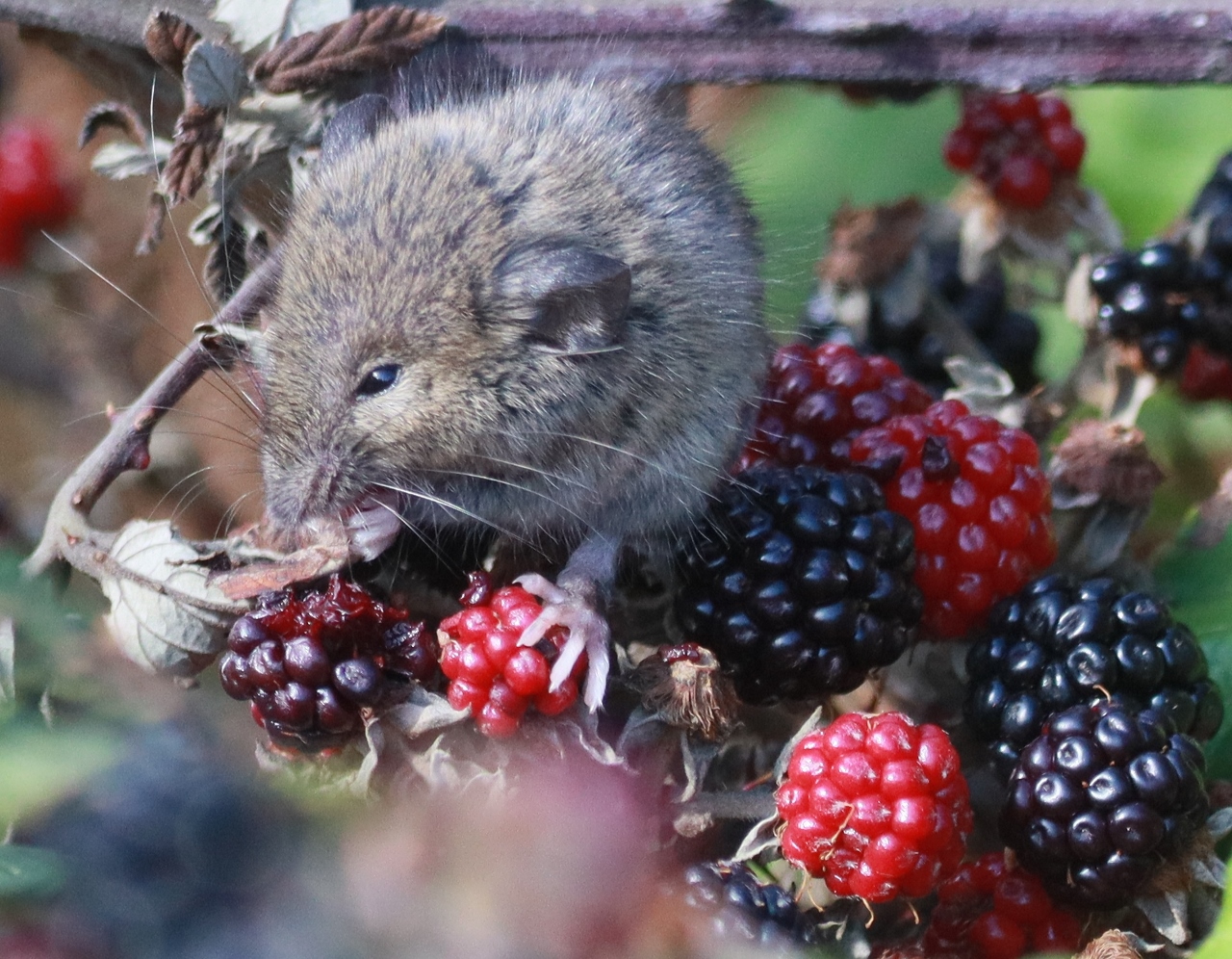




James Sellen
October 25, 2019 at 10:25 pm
Excellent!!
Debs Stroud
October 26, 2019 at 11:55 am
What a wonderful report, and to see really interesting and rare birds – that golden pheasant was remarkable.
Lovely to see my favourite spot in Cornwall, the magical Porthgwarra.
Thank you.
Katharine Sawyer
October 26, 2019 at 8:40 pm
There aren’t any voles in Scilly. I think it must have been a lesser white-toothed (or Scilly) shrew which is a southern European species, not found on the UK mainland, just in Scilly (and Jersey and Sark).
Juliet Hills
October 26, 2019 at 8:42 pm
What a lovely trip and now we have all been on it with you. News from the flyway along the west coast of Lake Michigan, a returning snowy owl was being mobbed by crows (we don’t get ravens this far south, near Milwaukee) so at least I know to look for it later.
Last time I saw it a photographer had pursued it so far in the car park of the ferry stop that it had retreated to the breakwater, but it normally feeds on the rodents through the marshland that is part of the drainage and cleaning of the lake water that has been used inland and is returned to the lake at that point, so it is all behind a chain-link fence.
We get lots of warblers, the swifts have left and the juncos are here. And the winter brings some resident mourning doves.